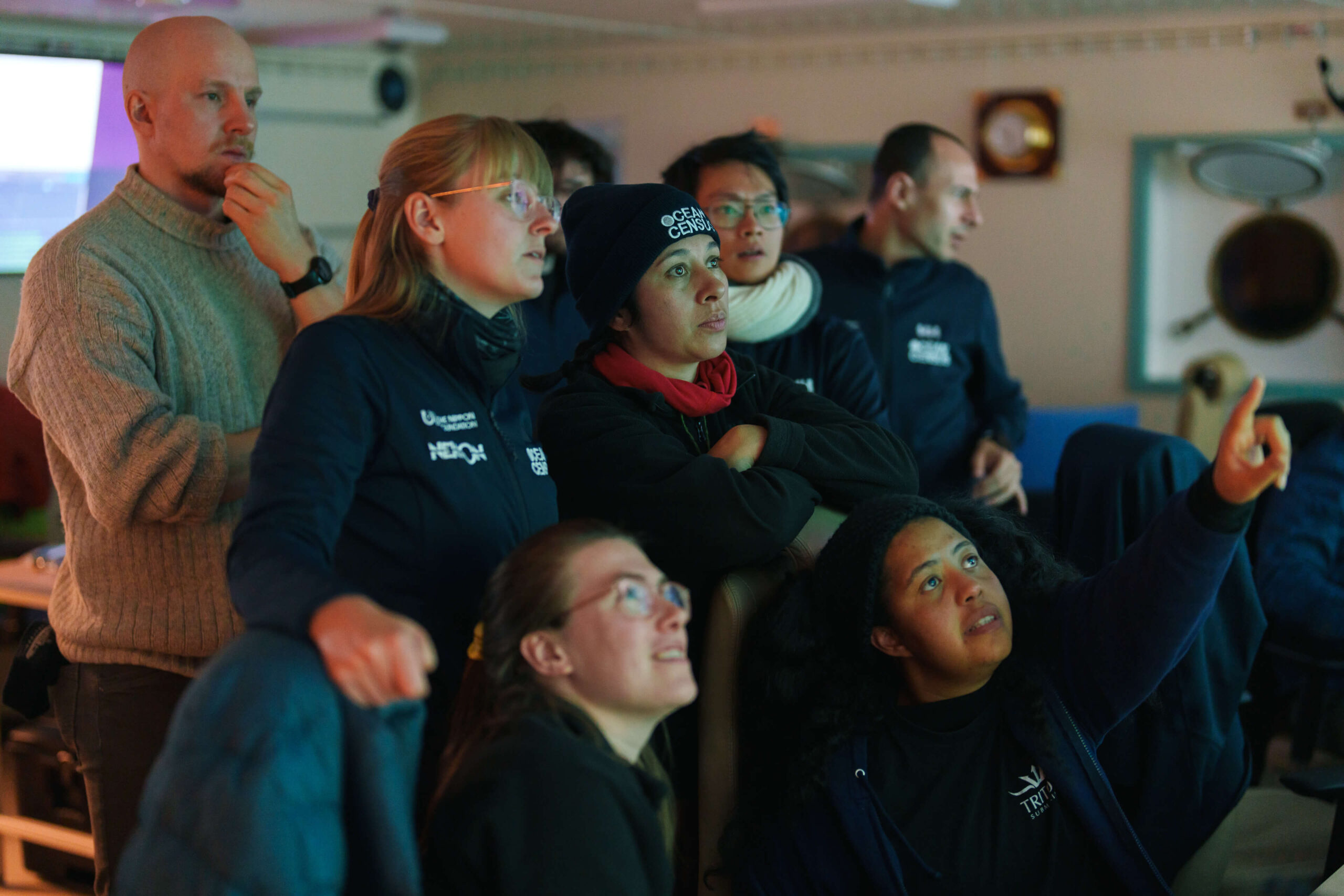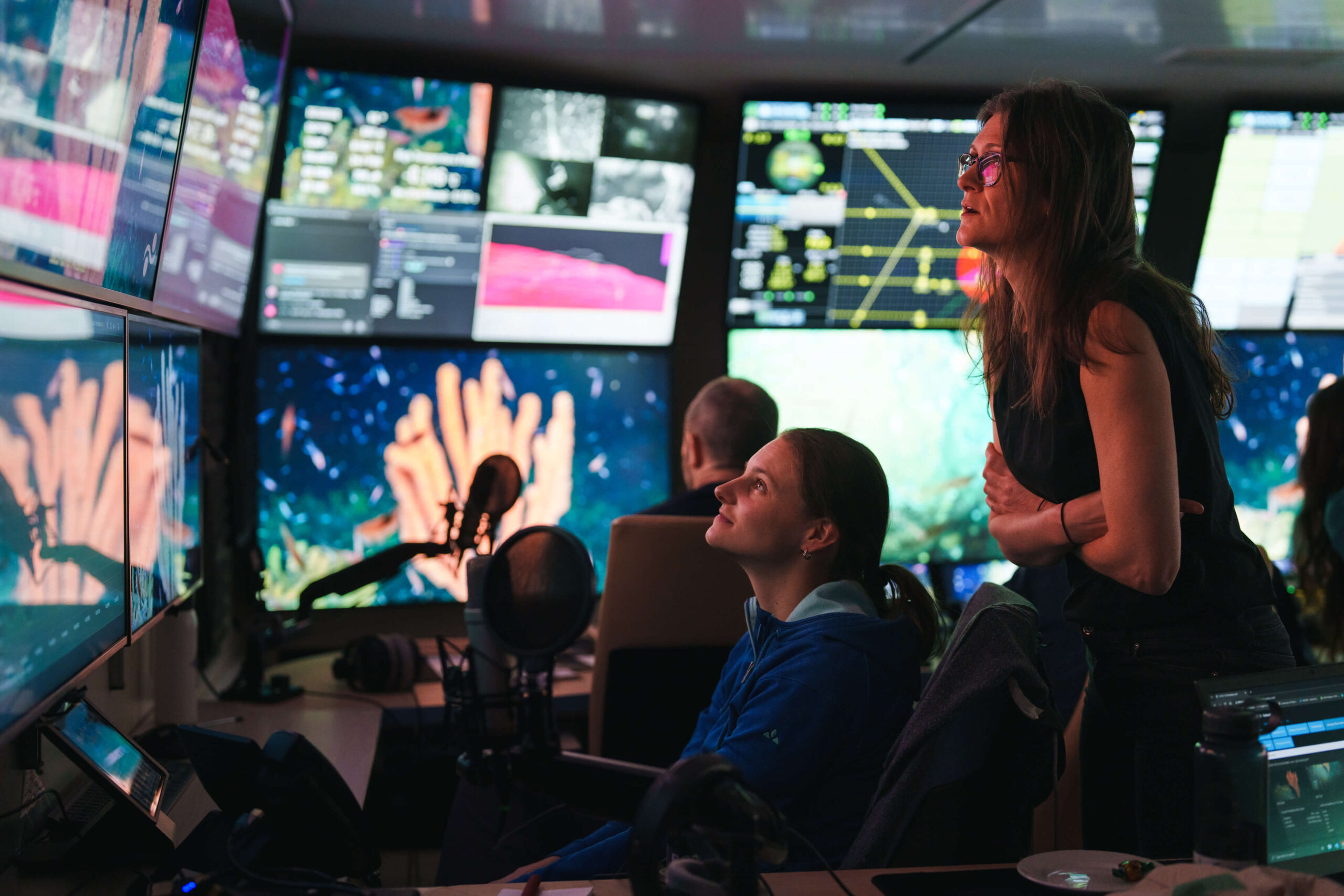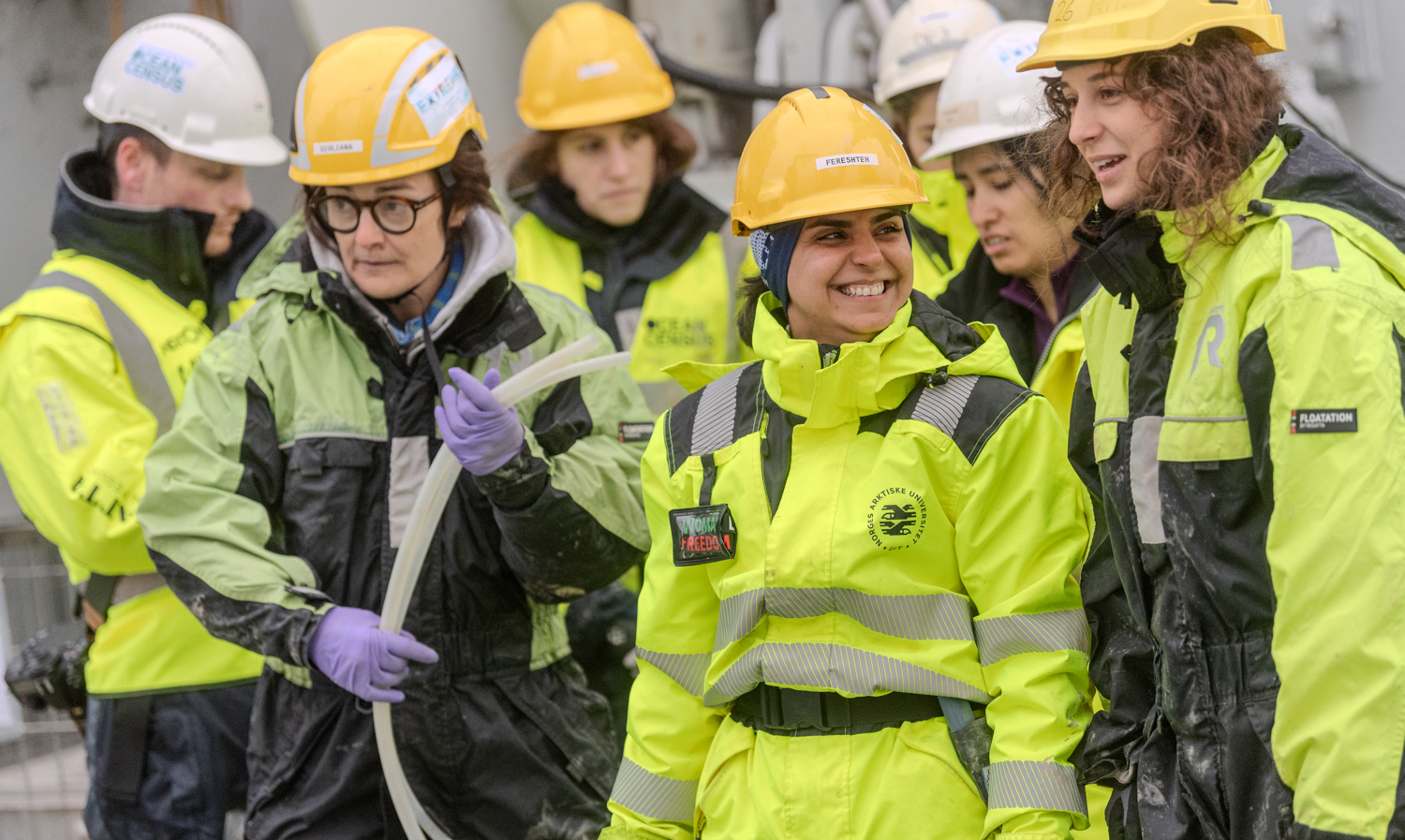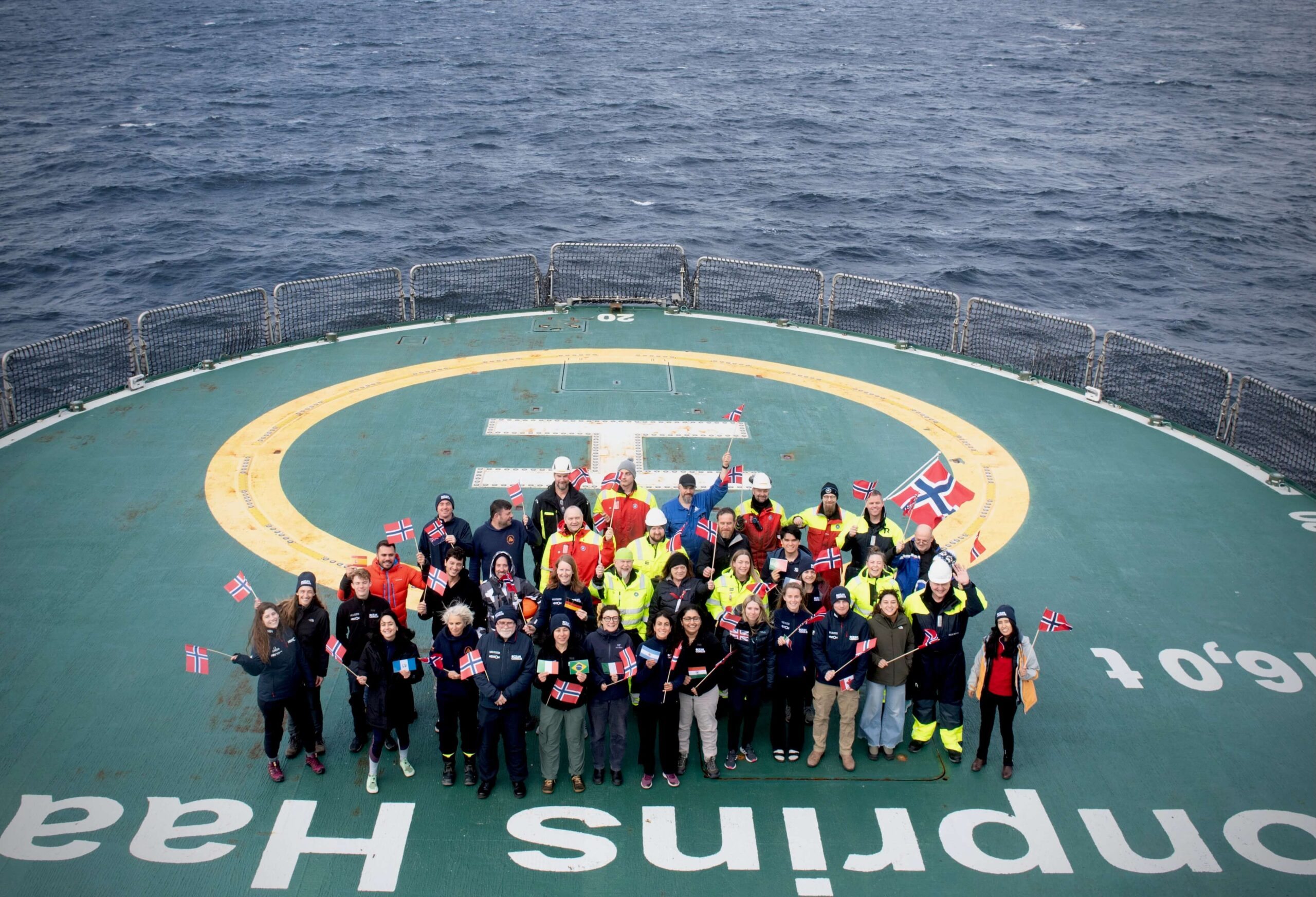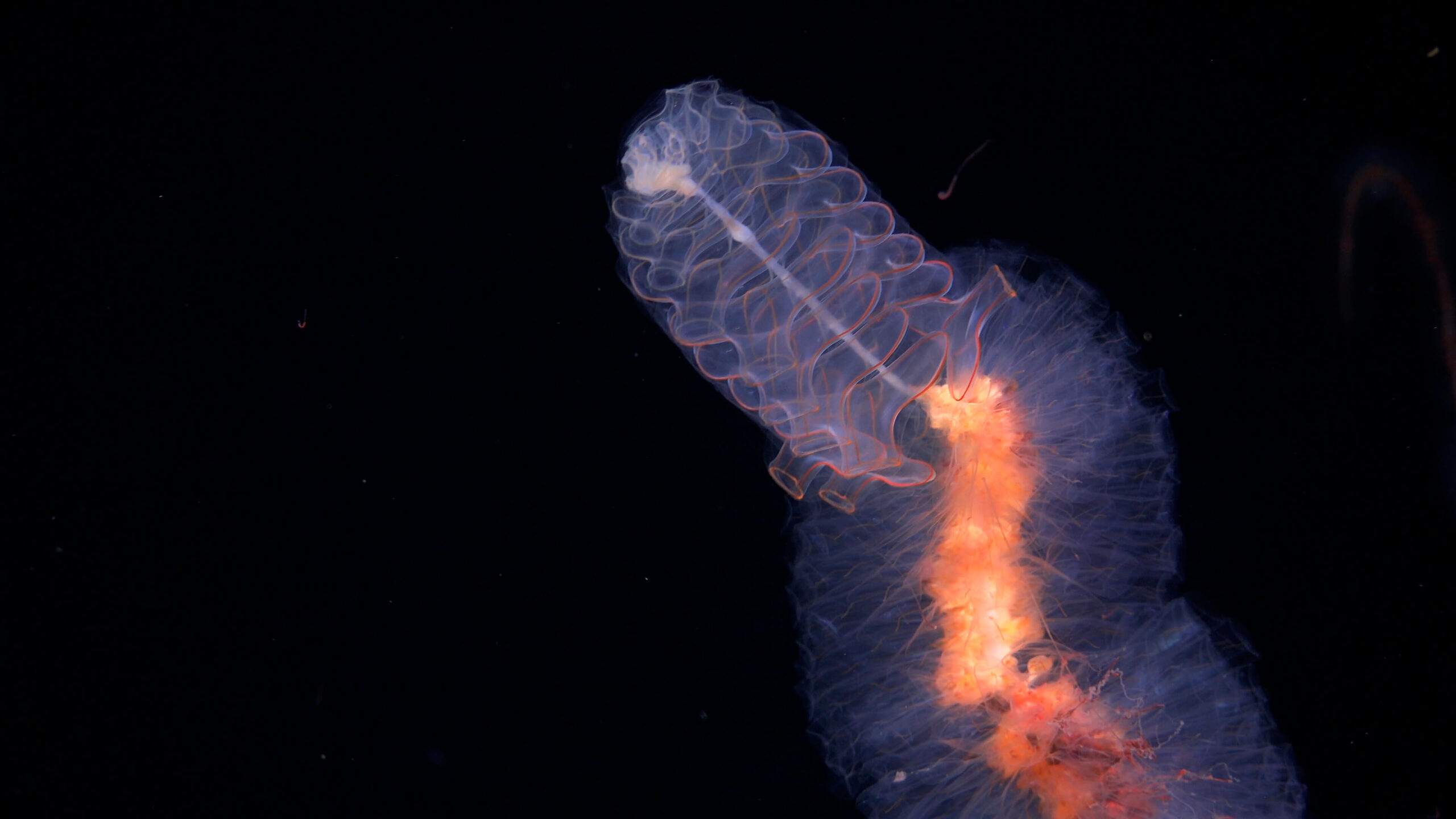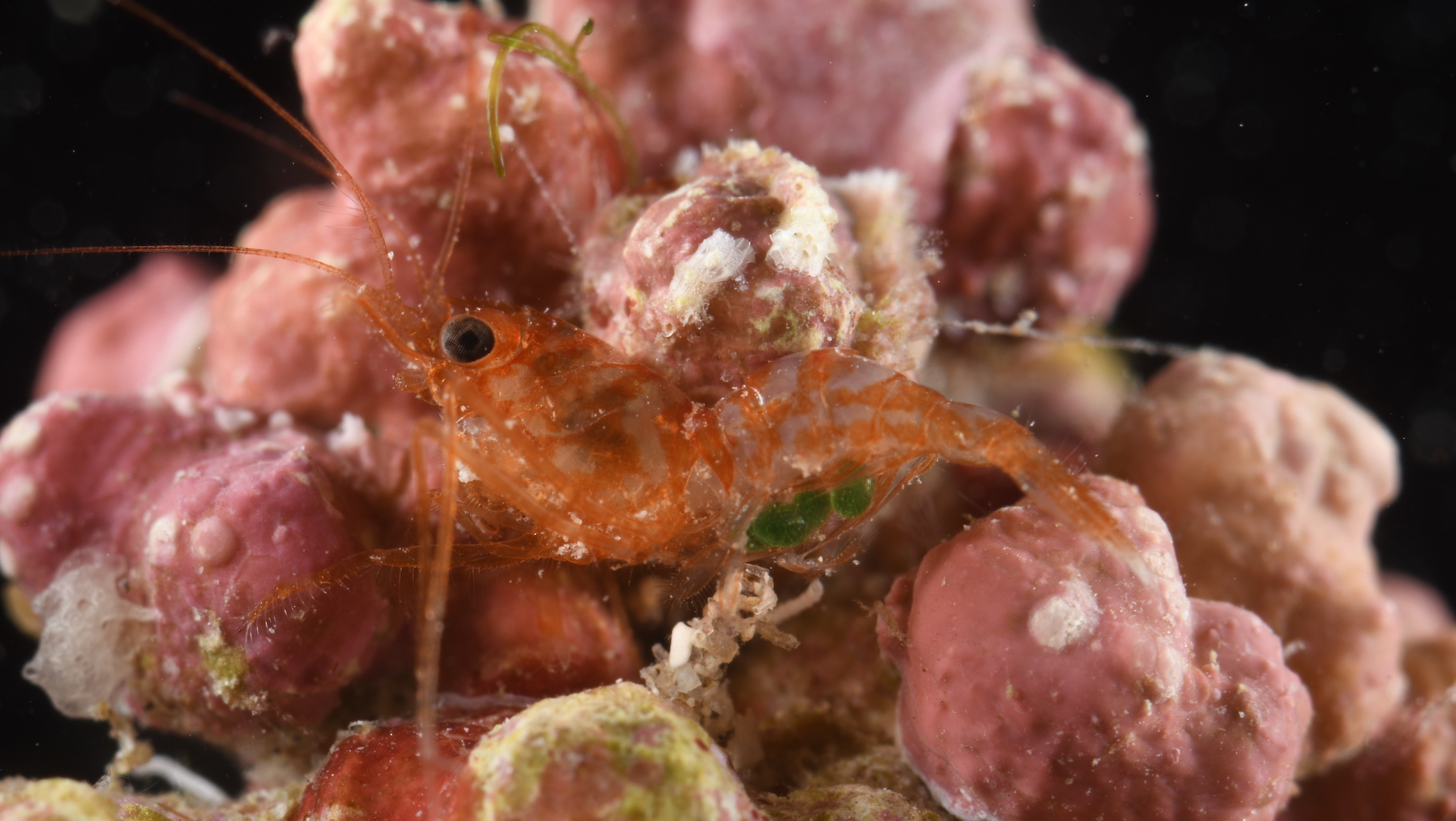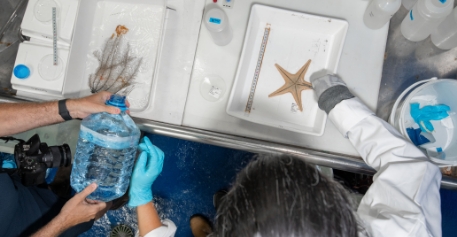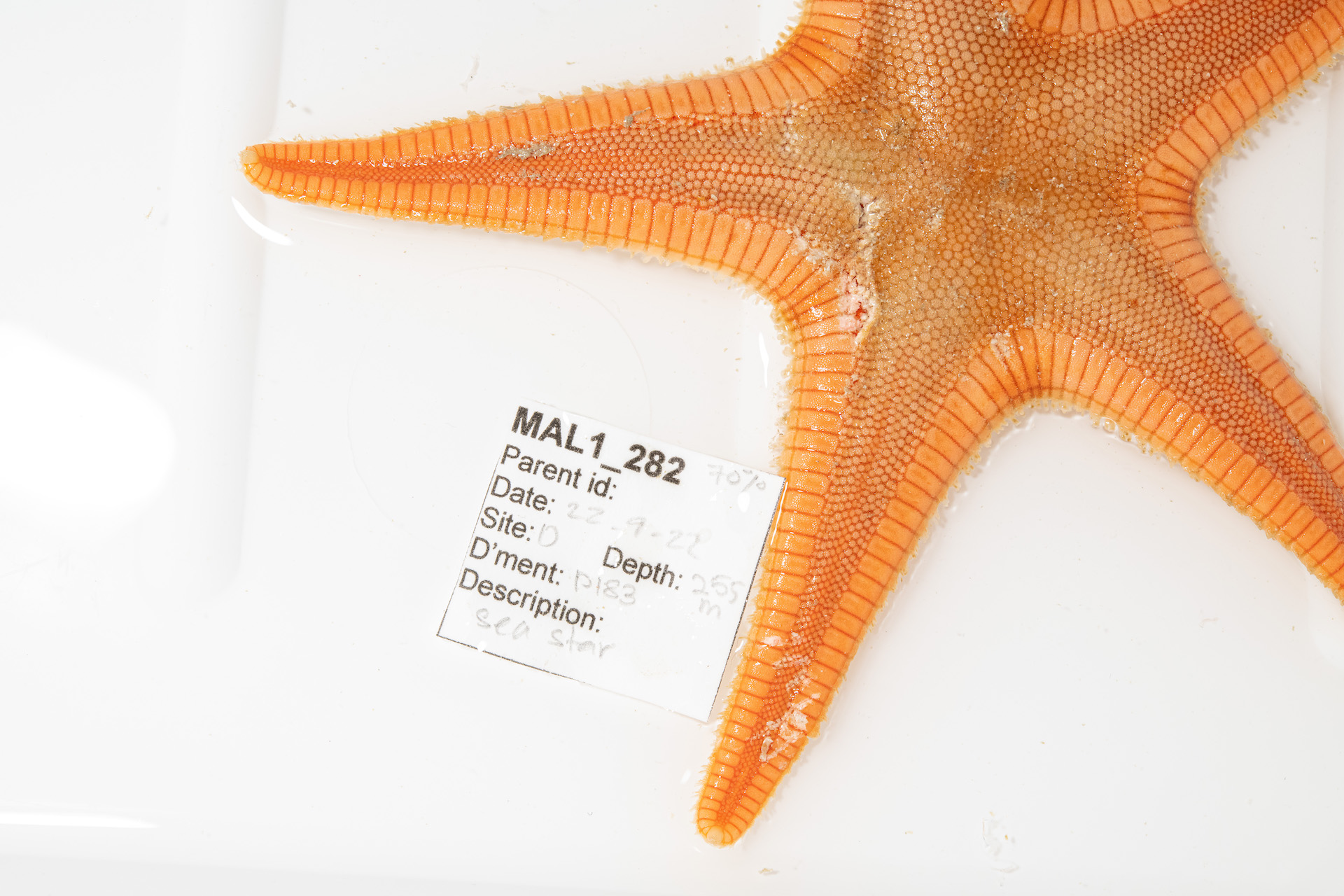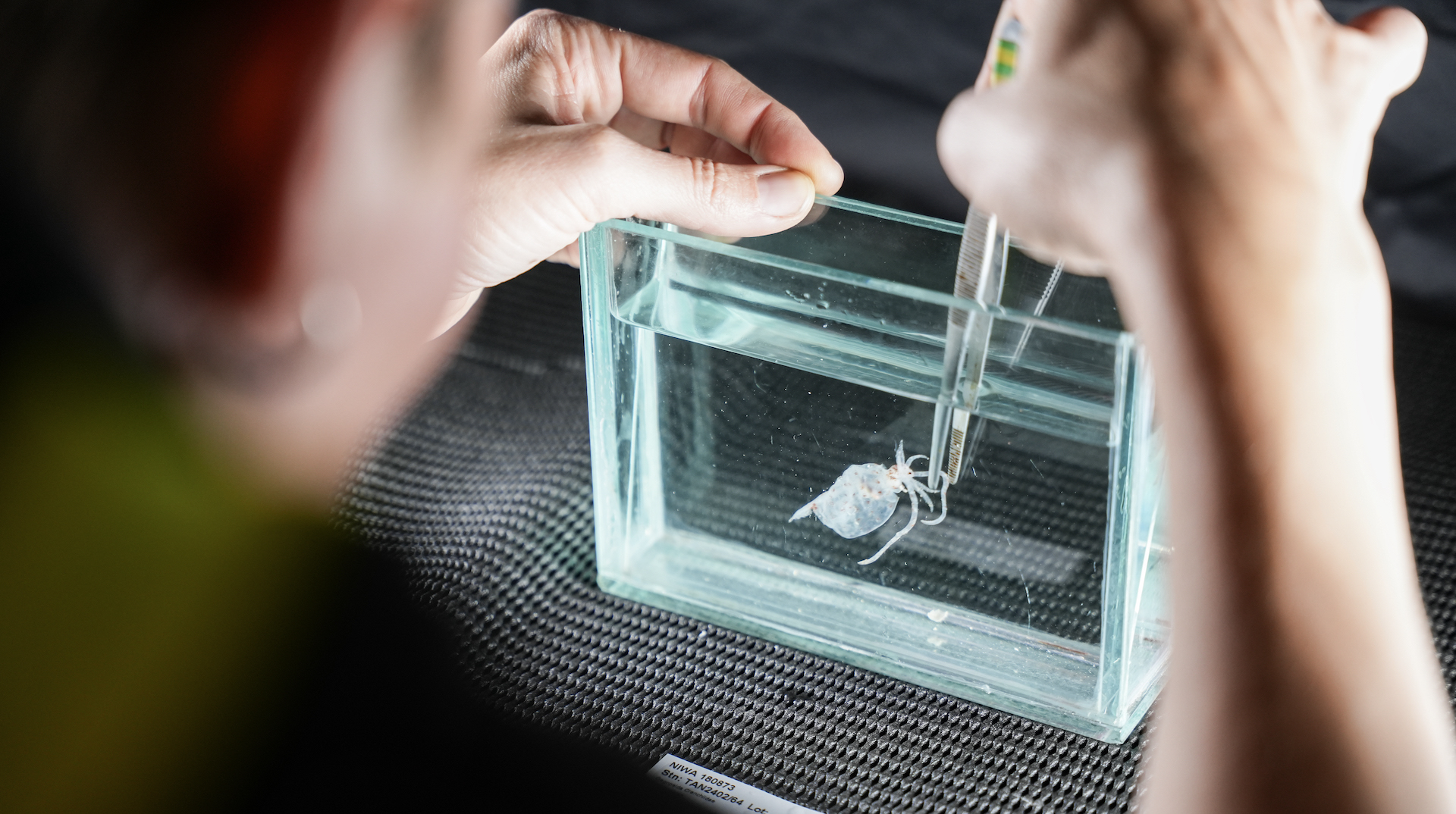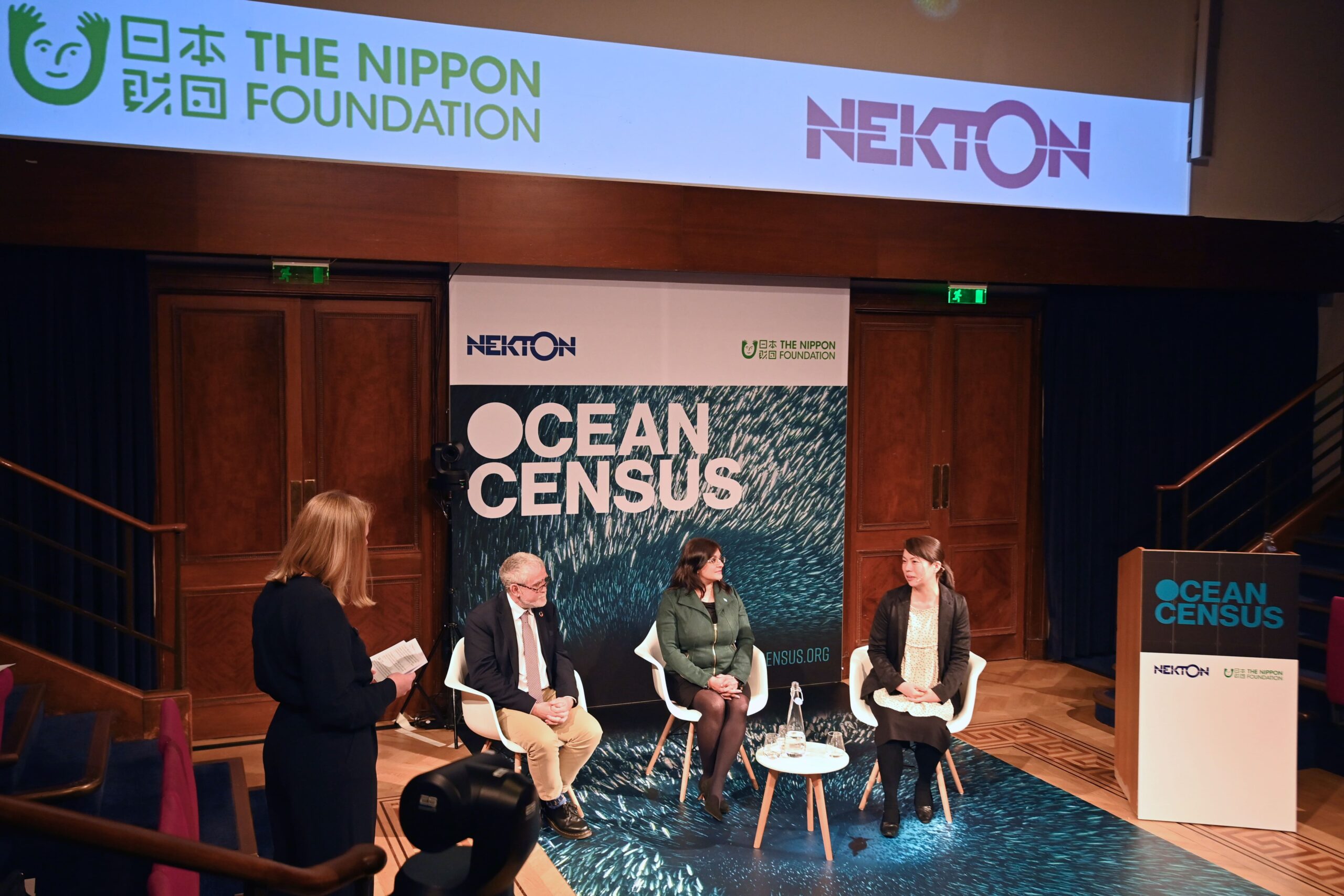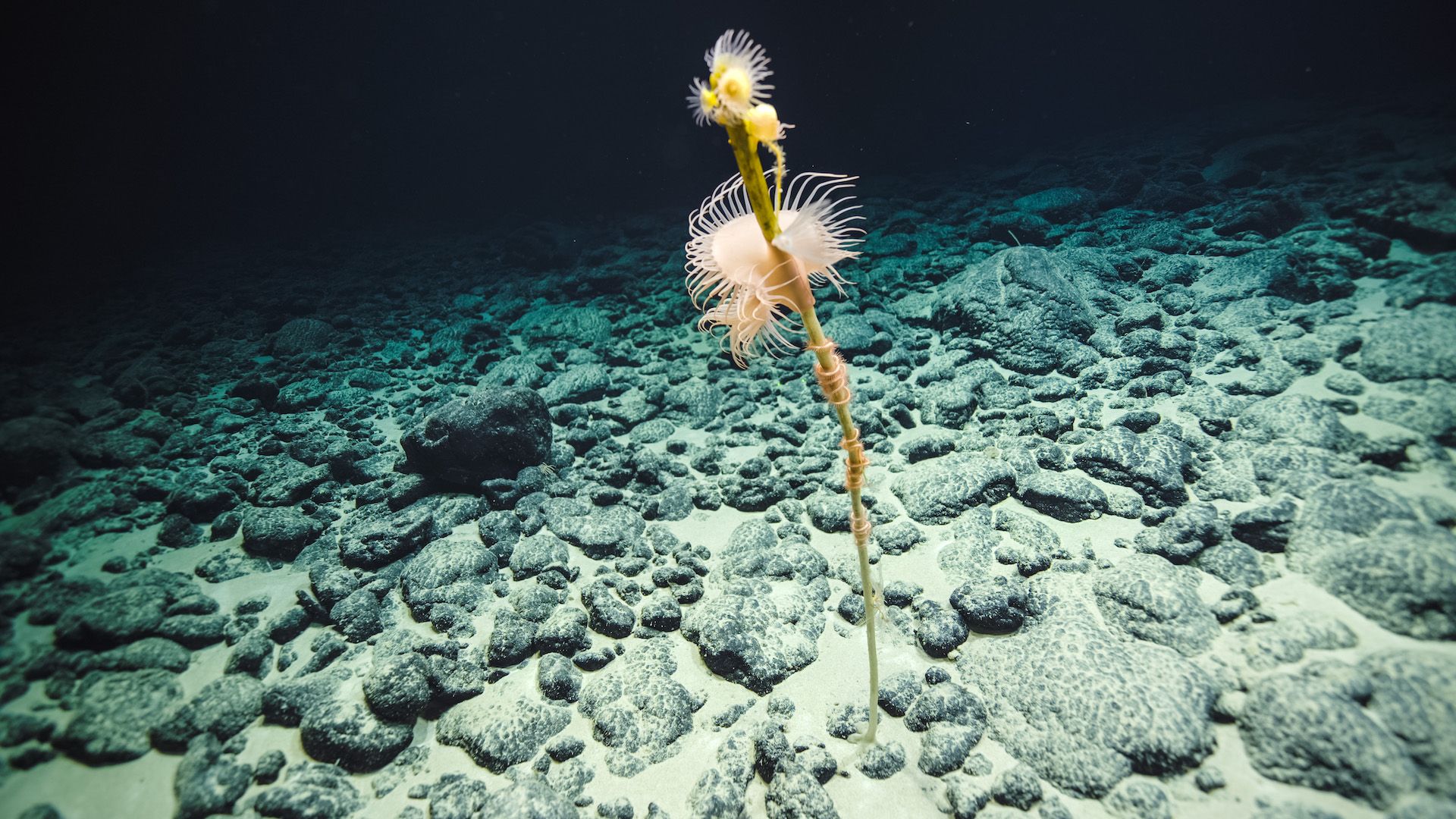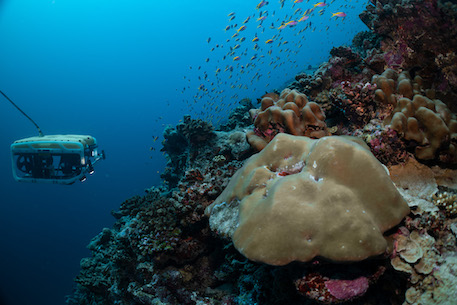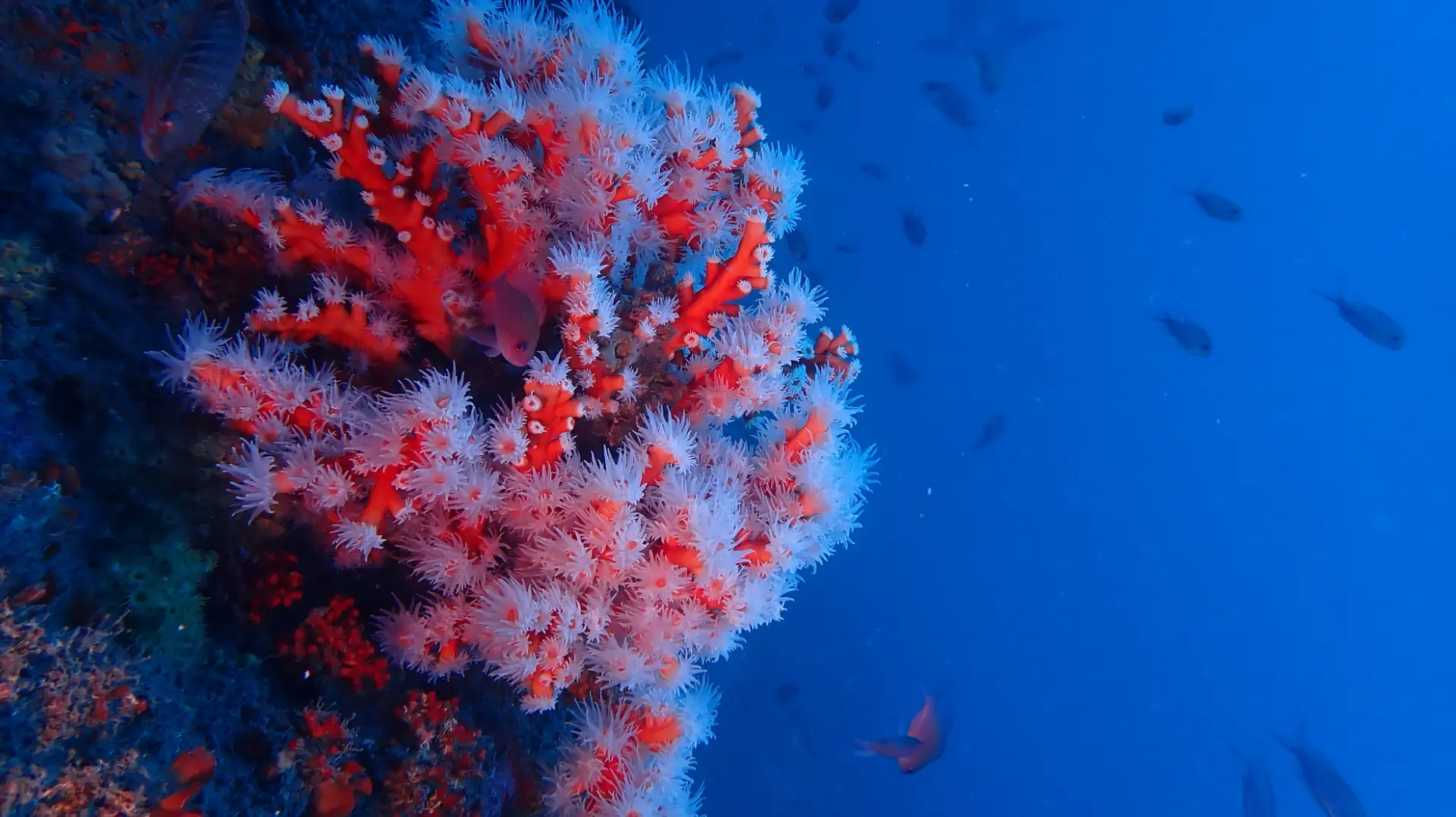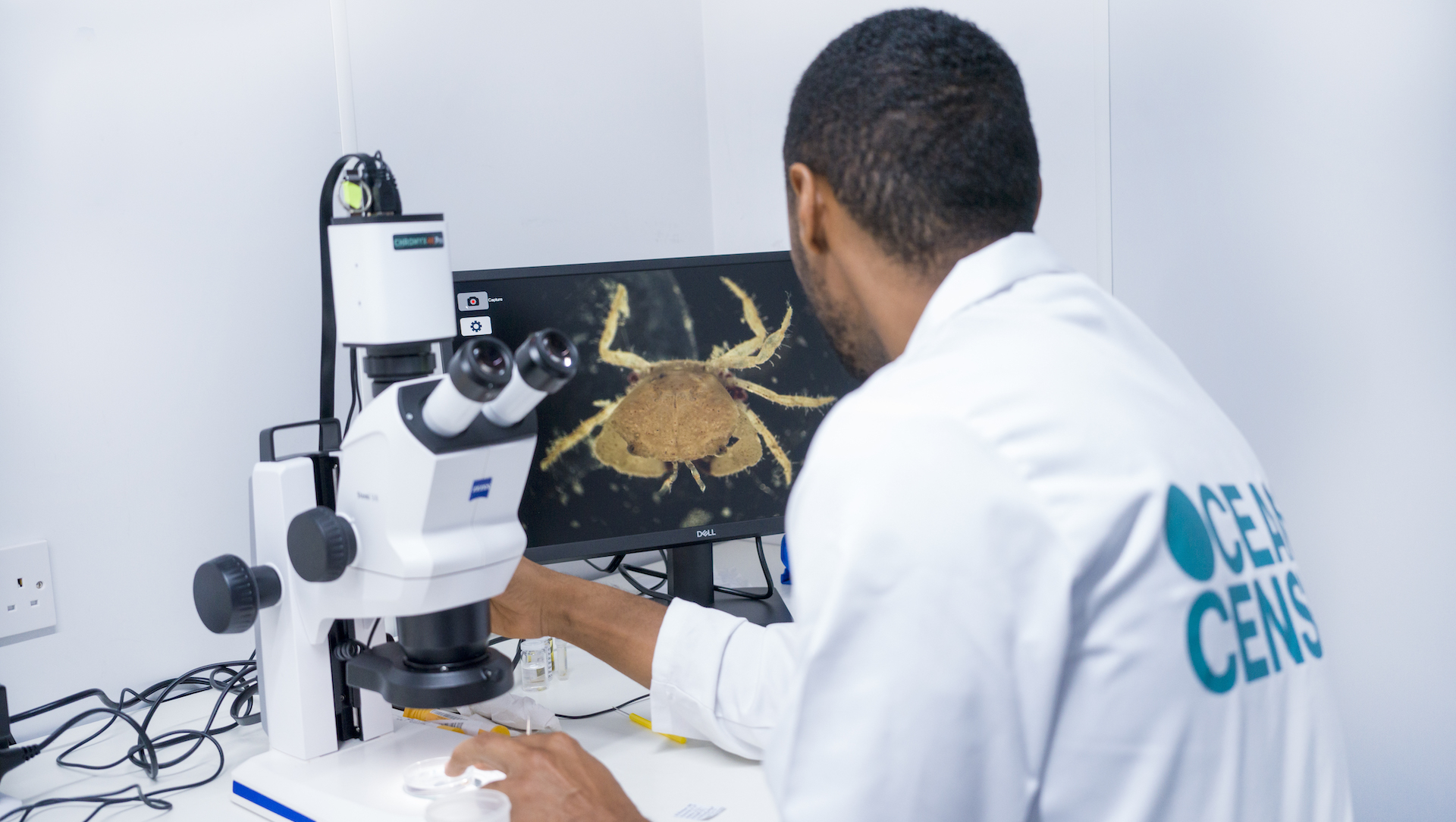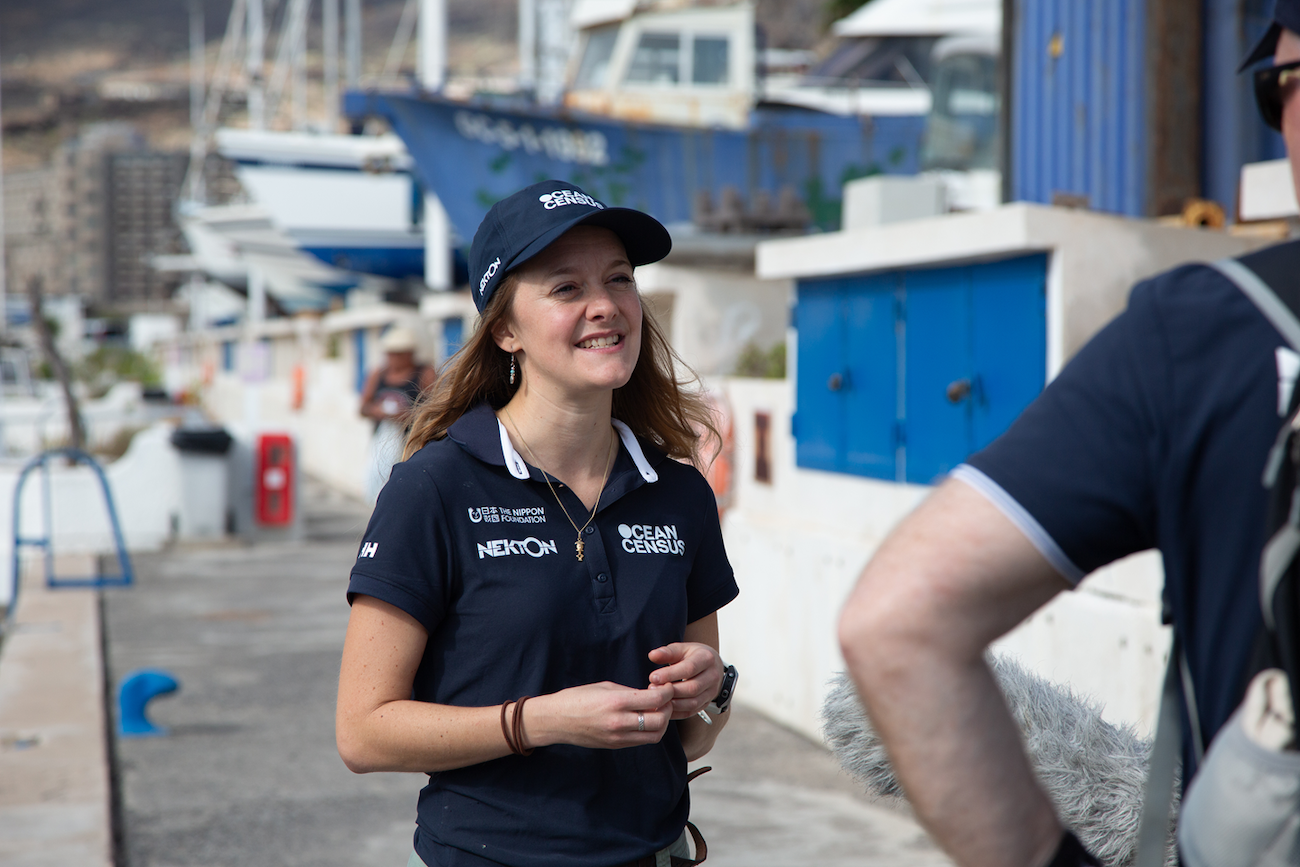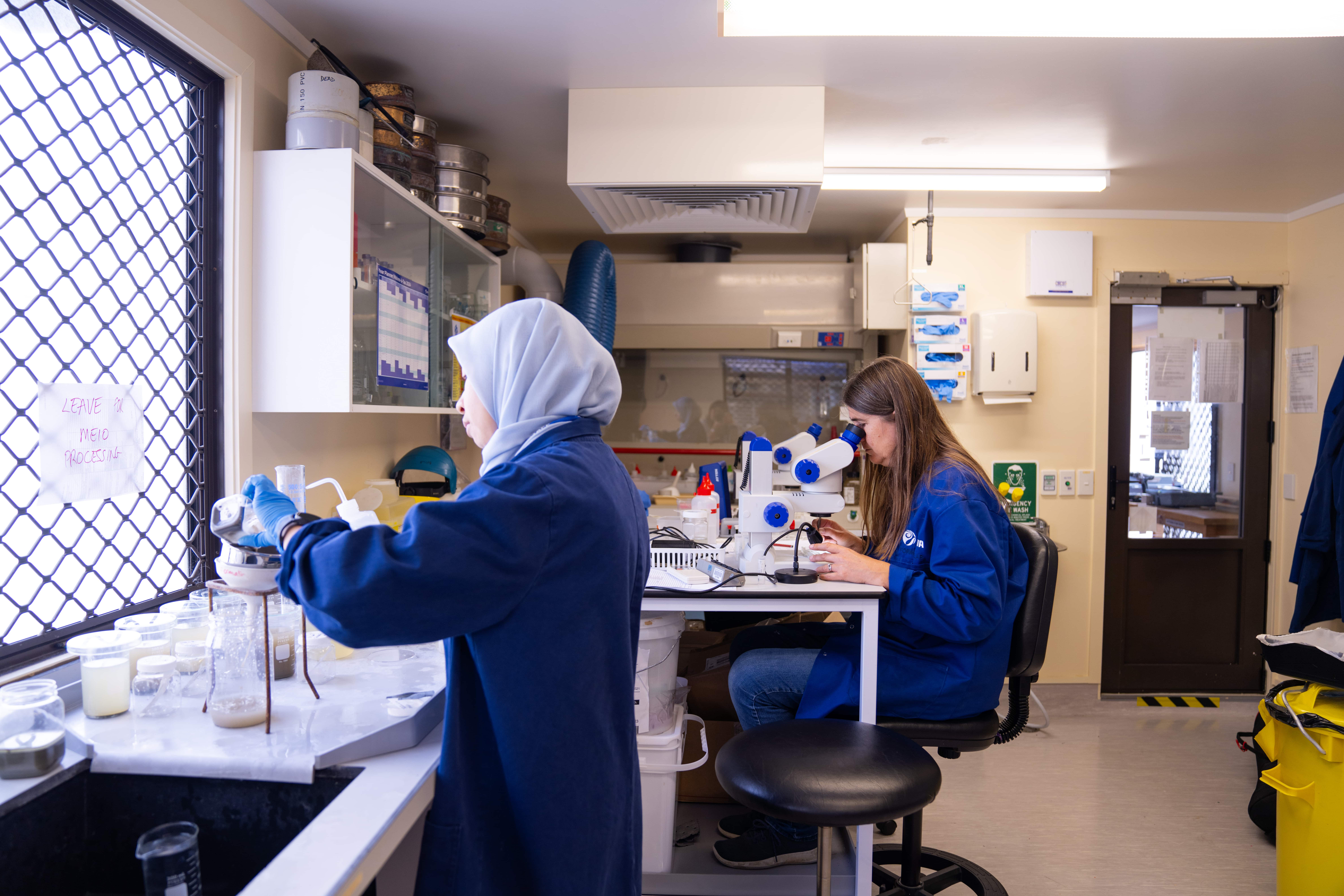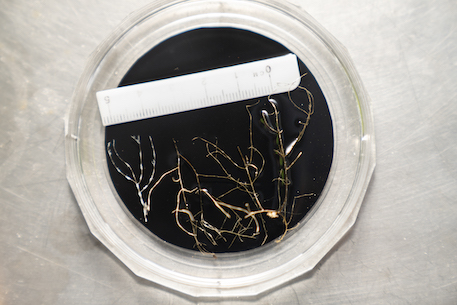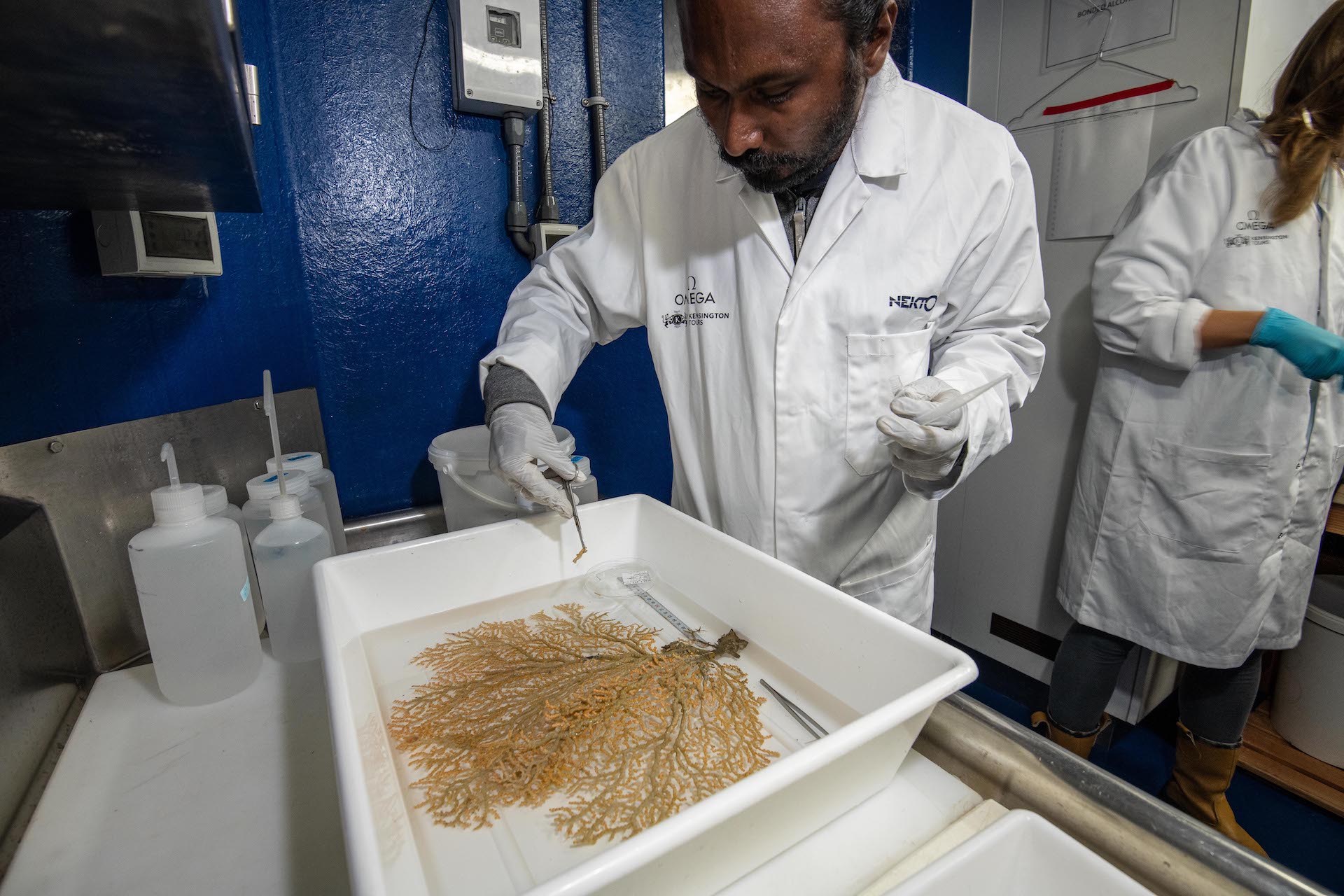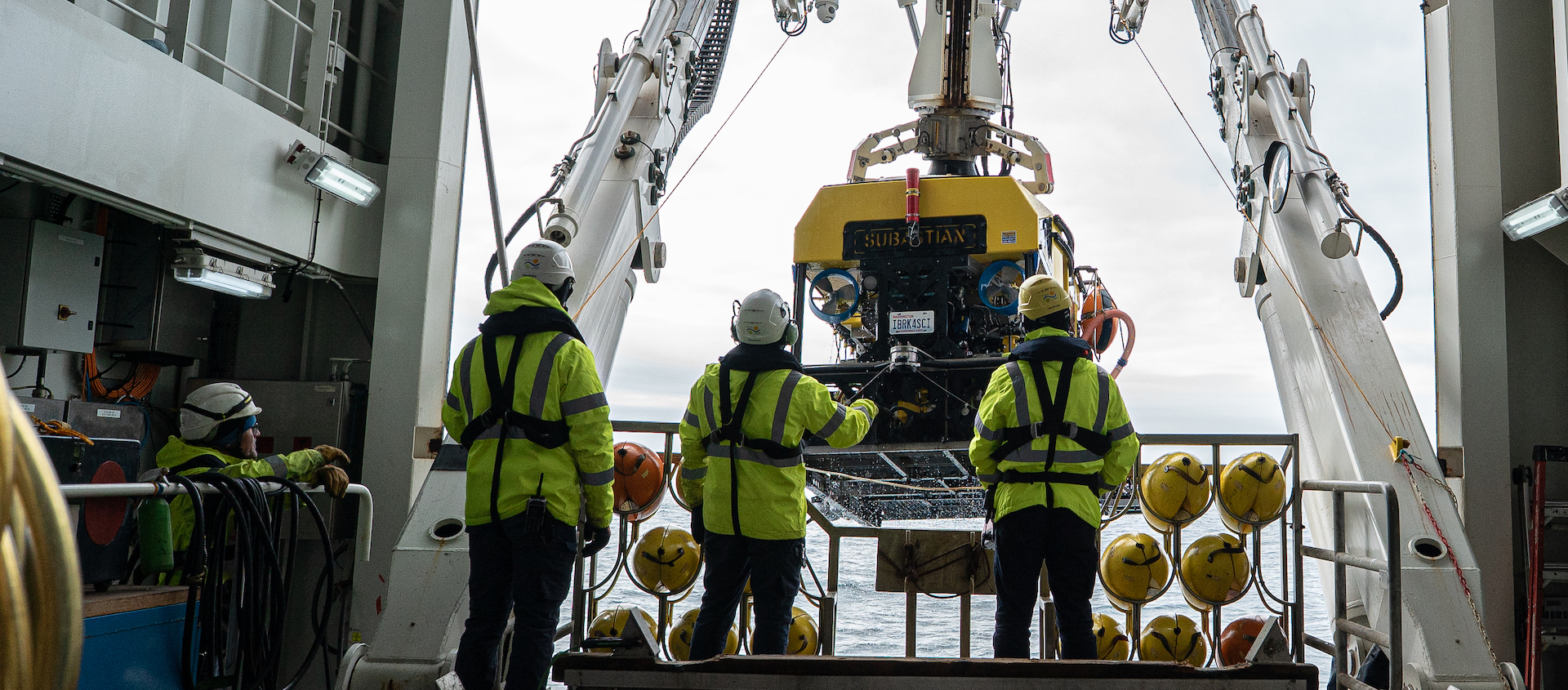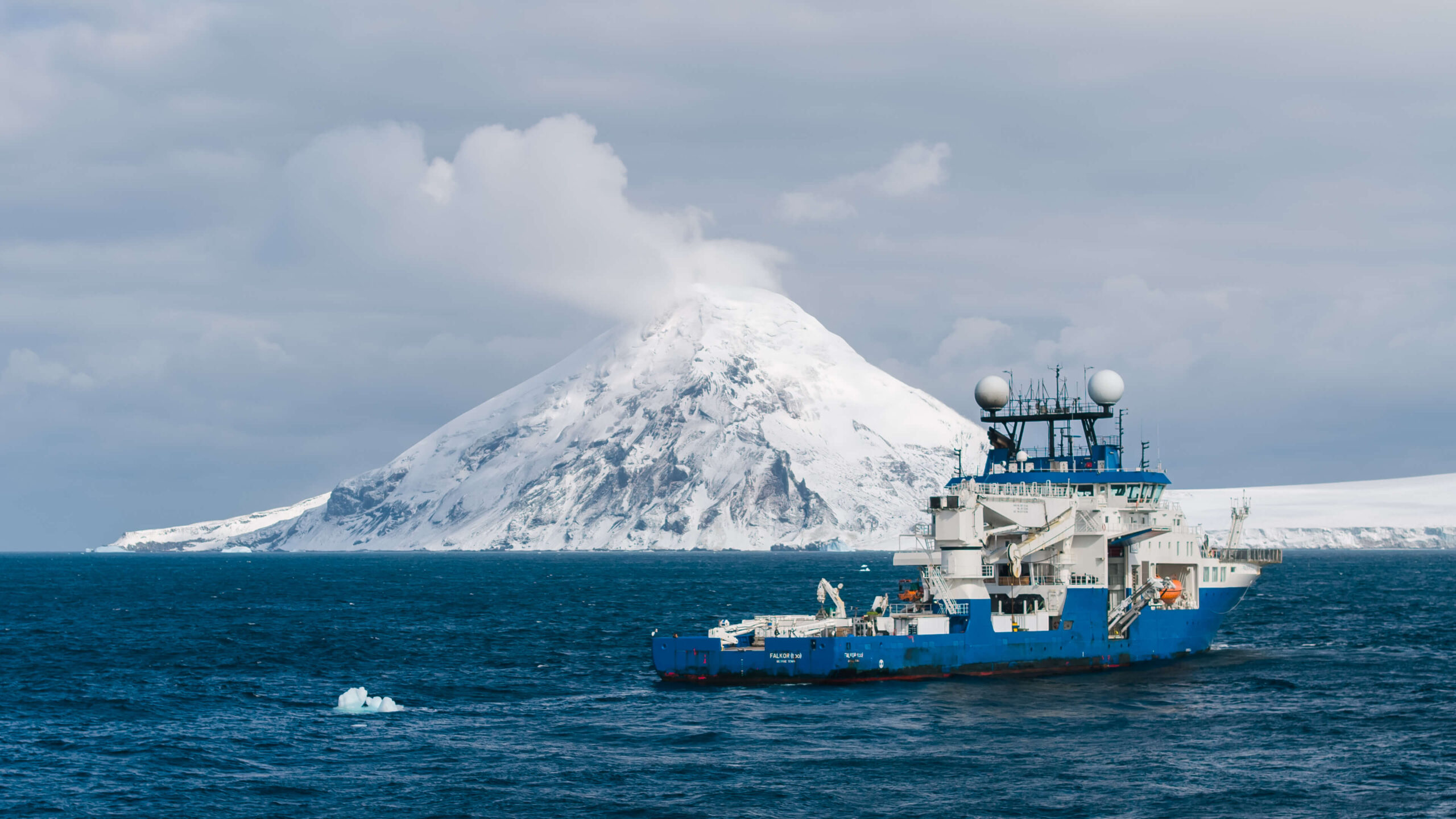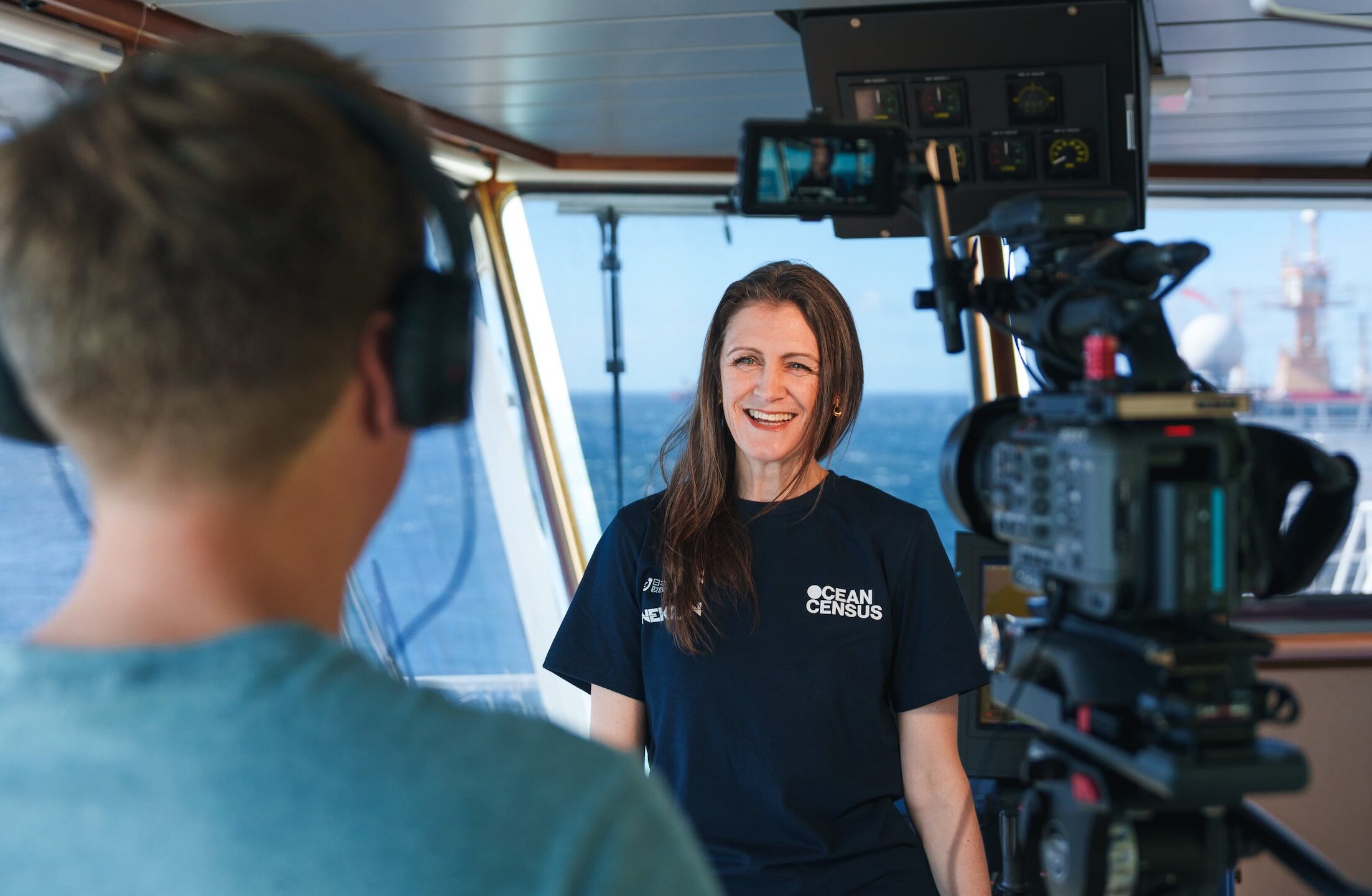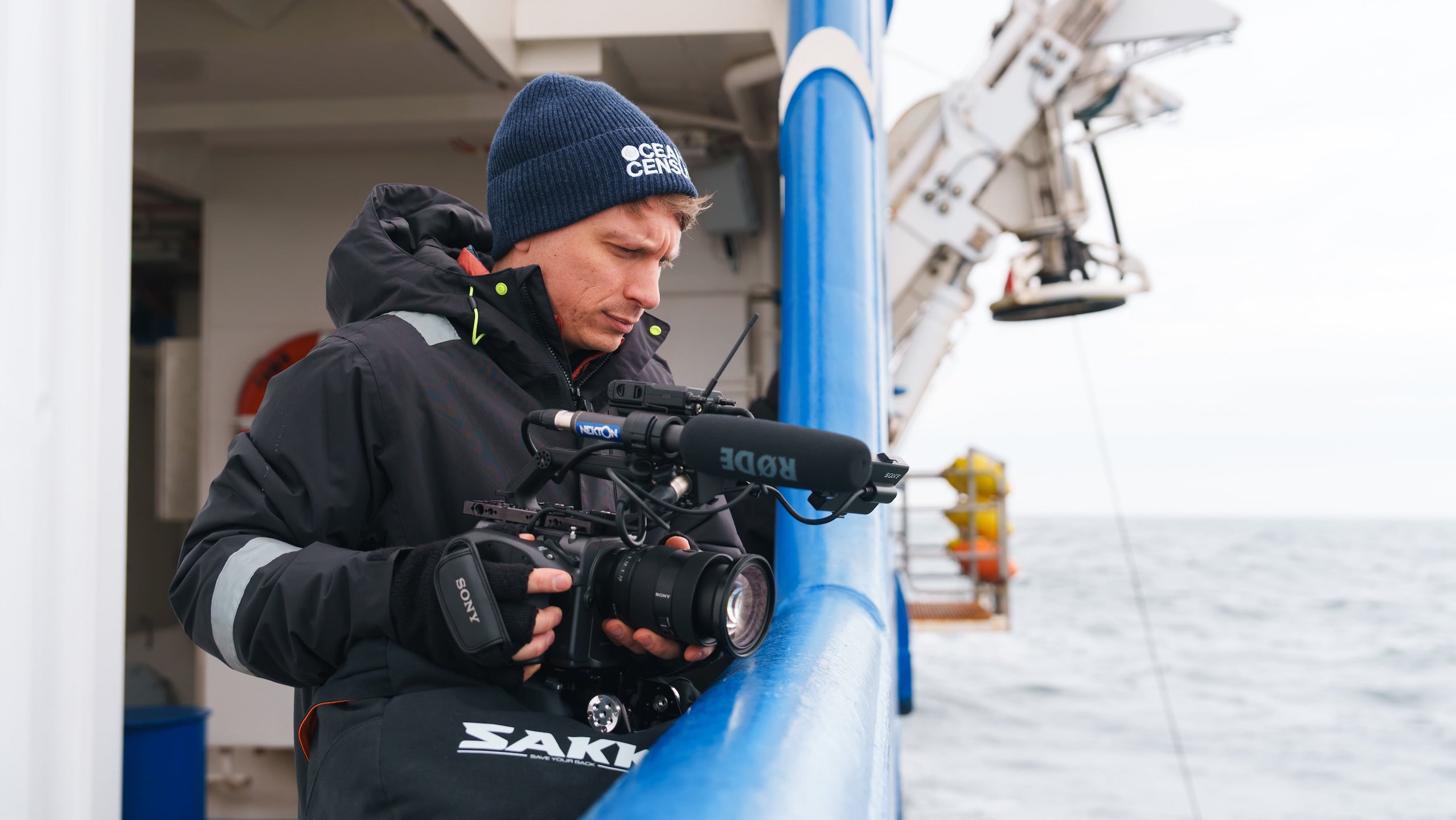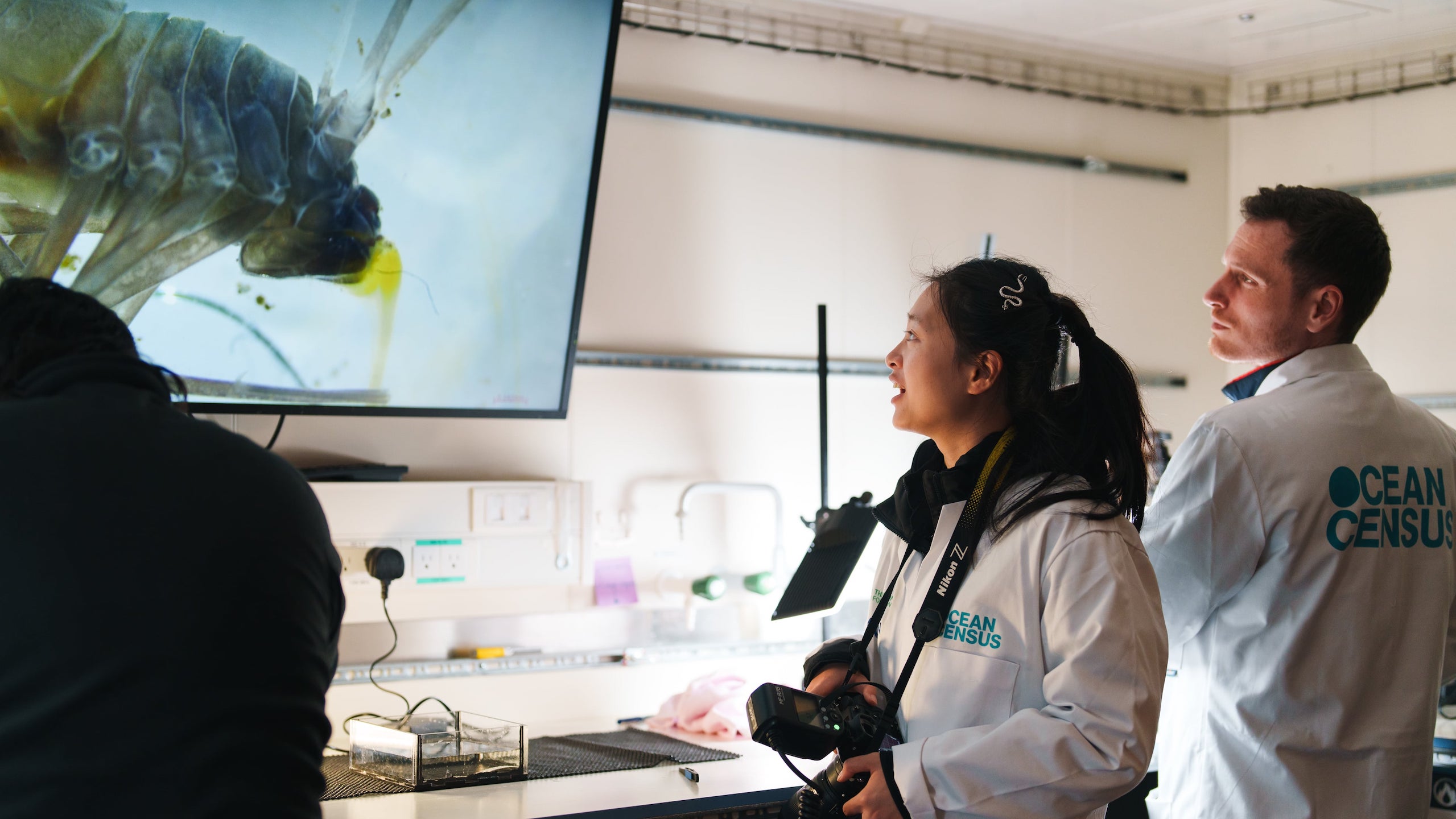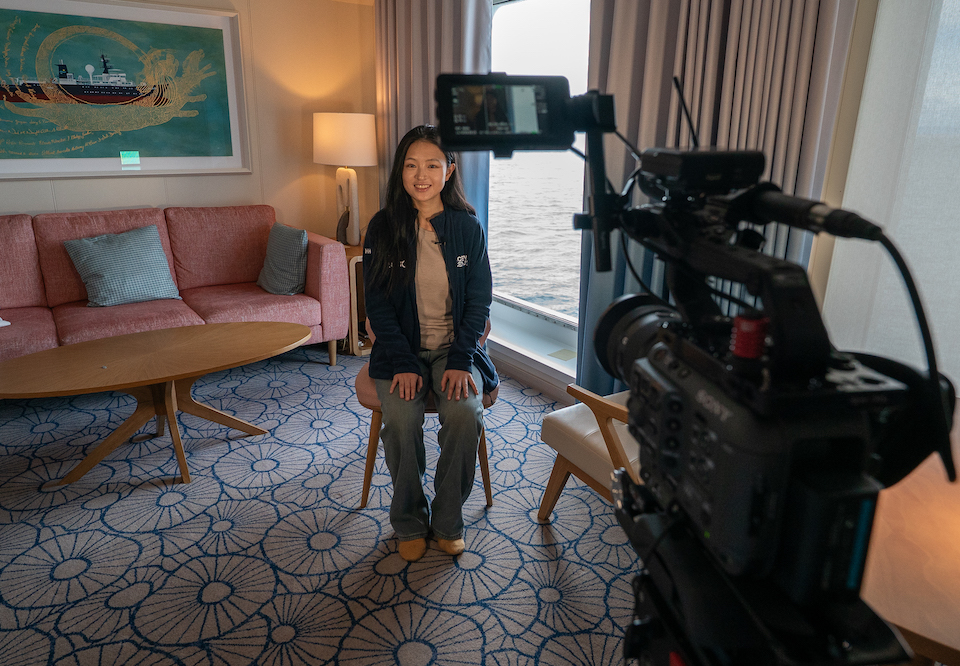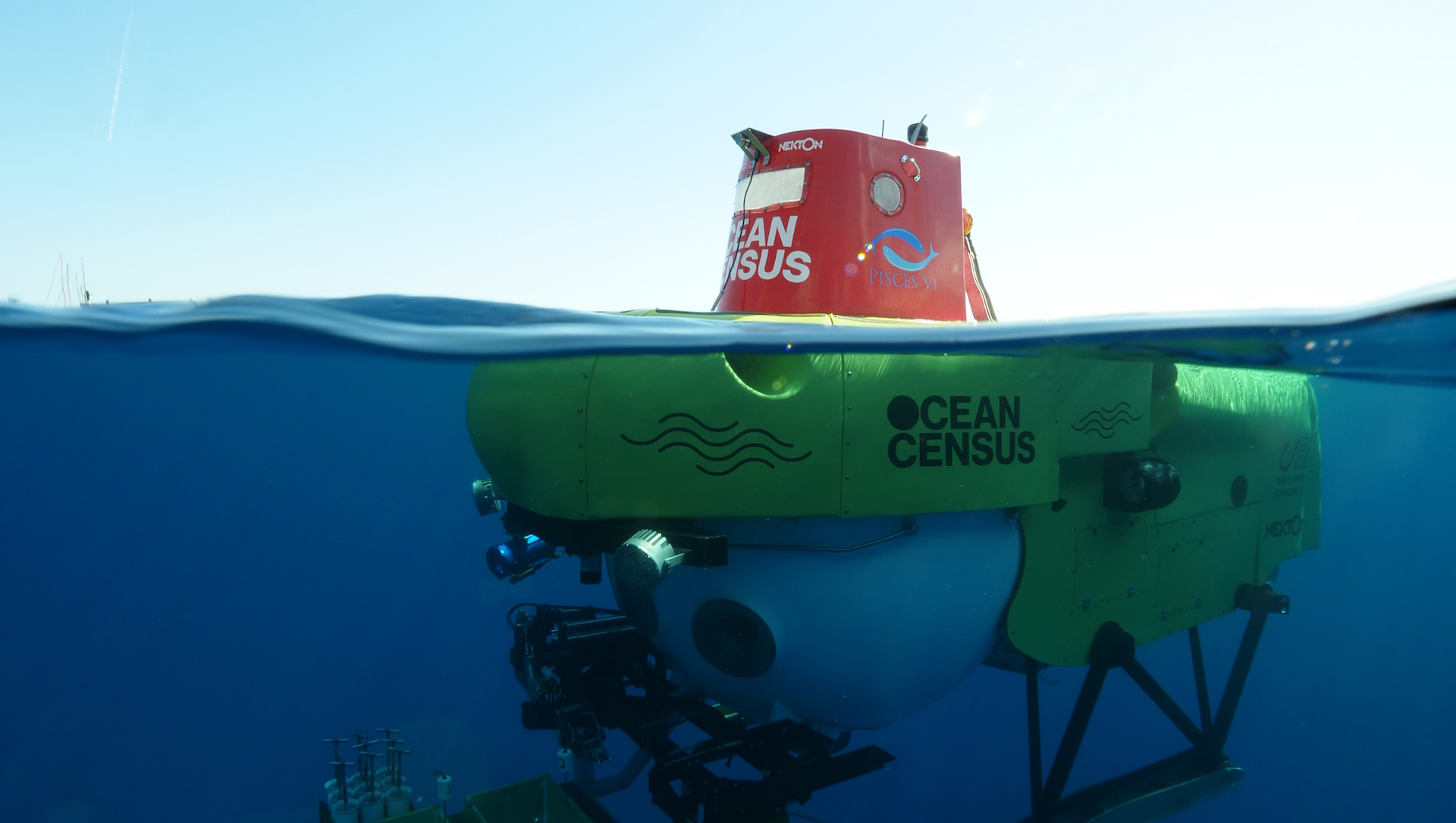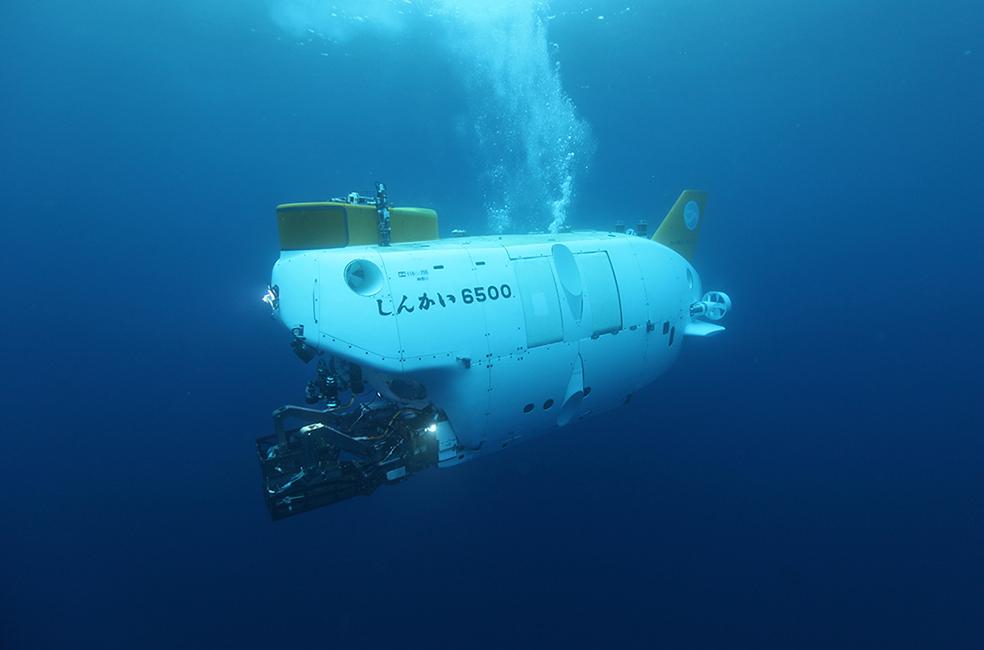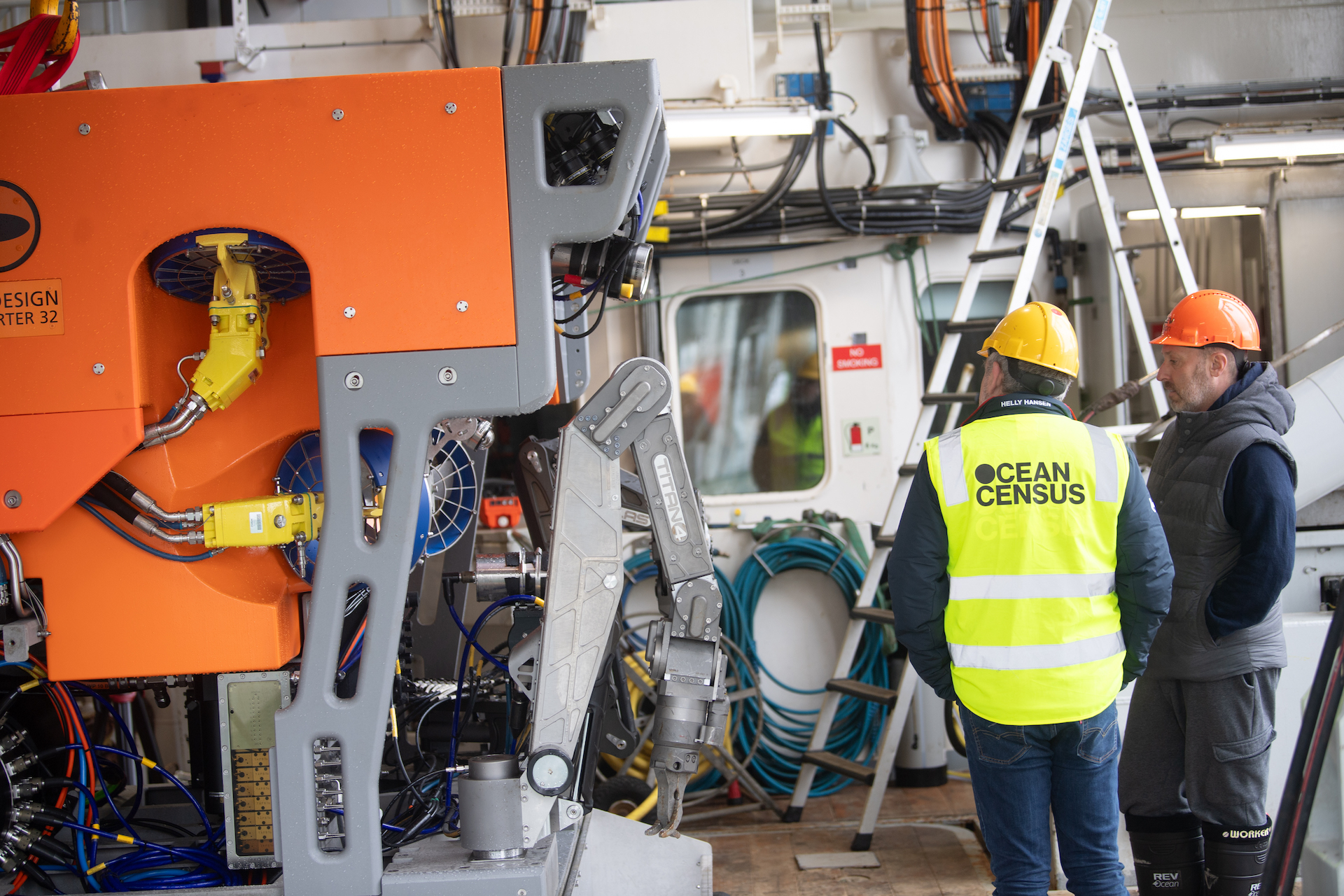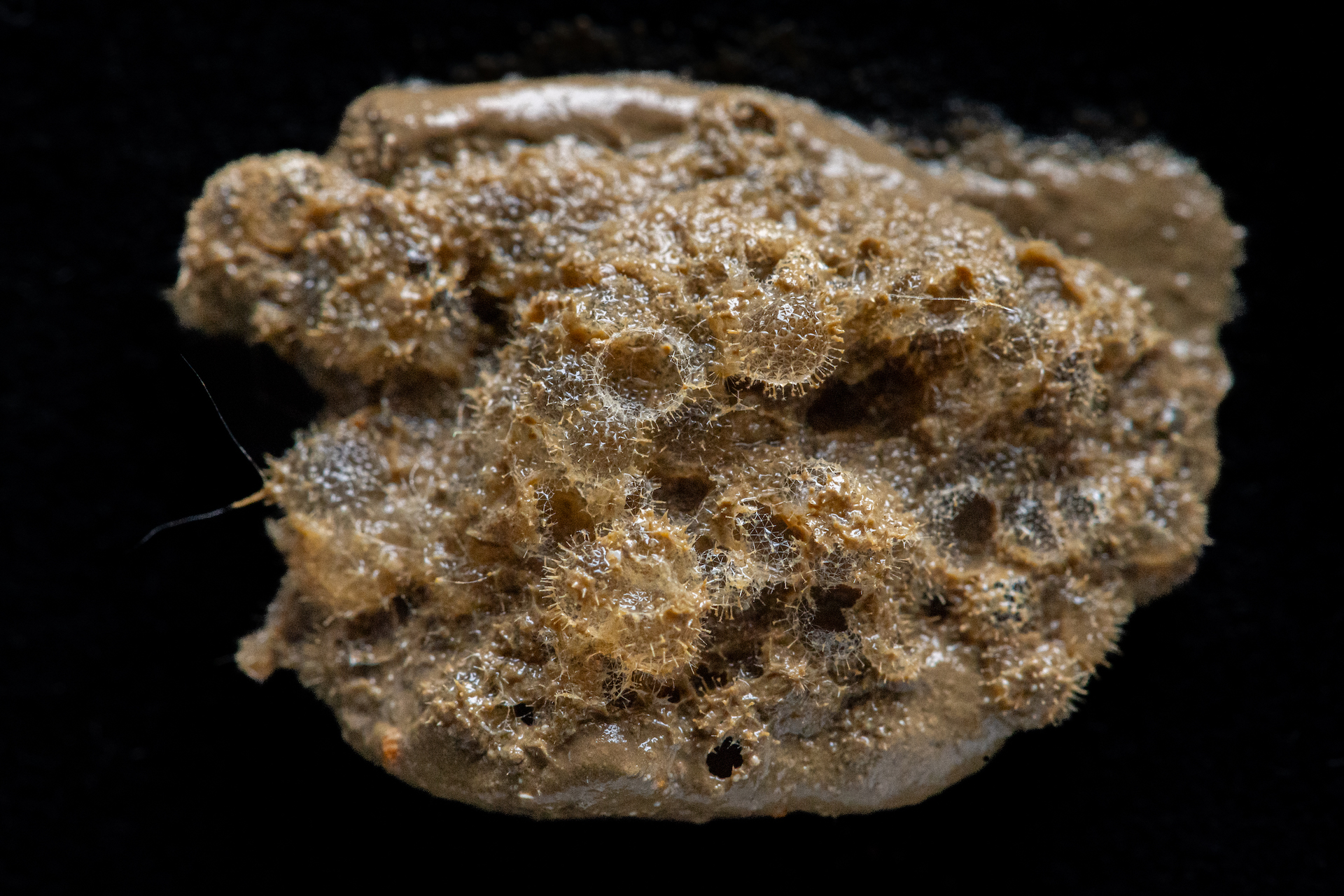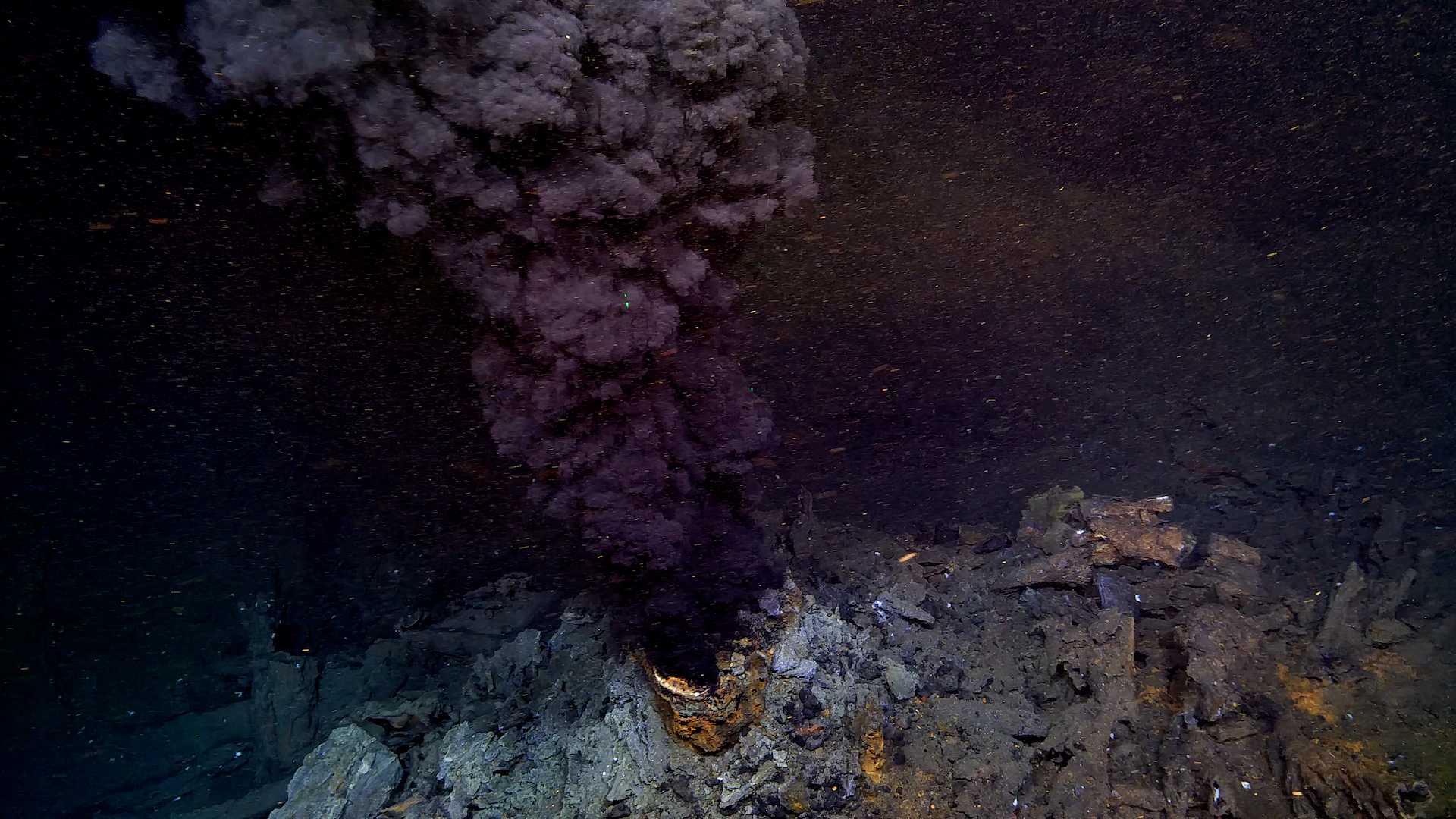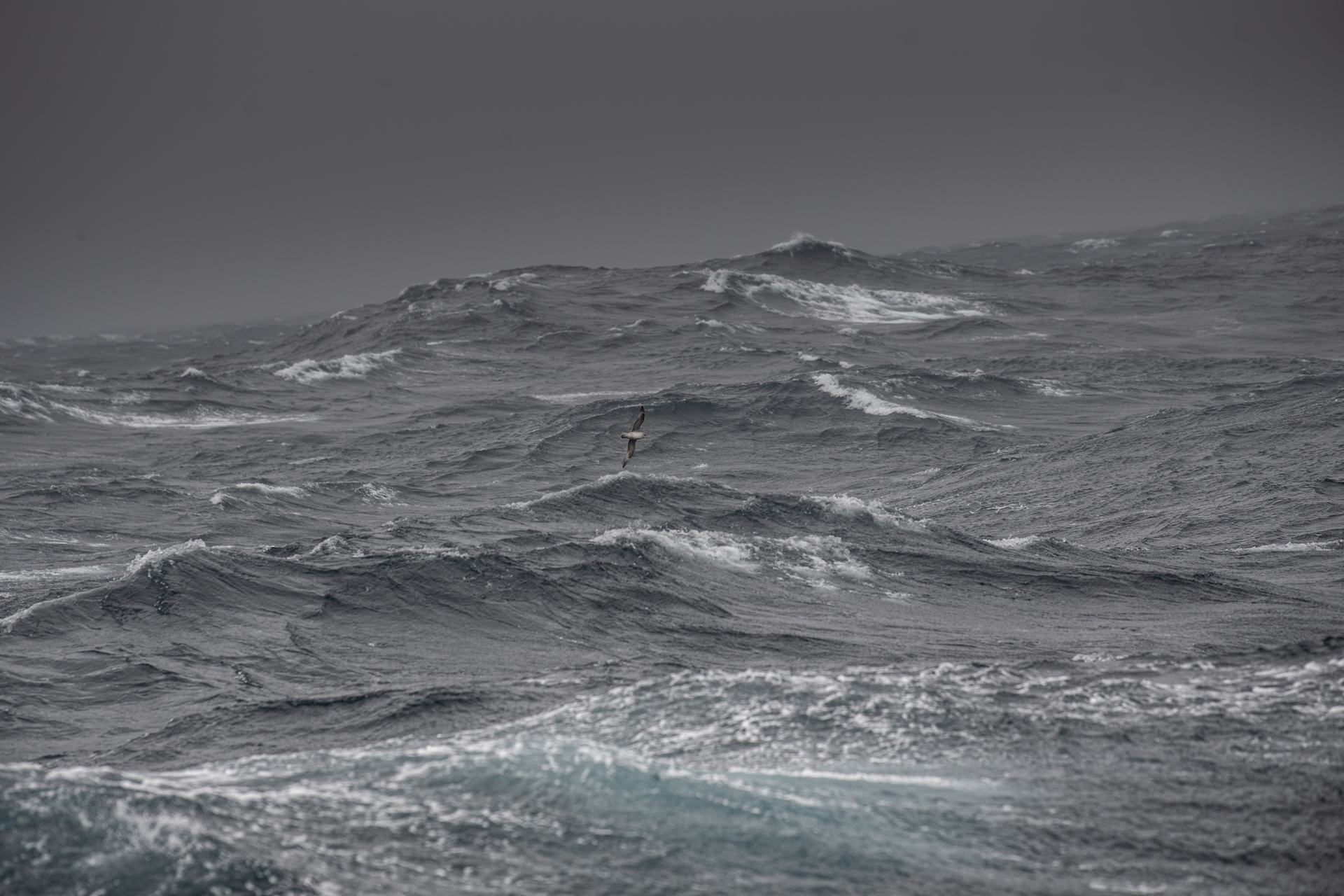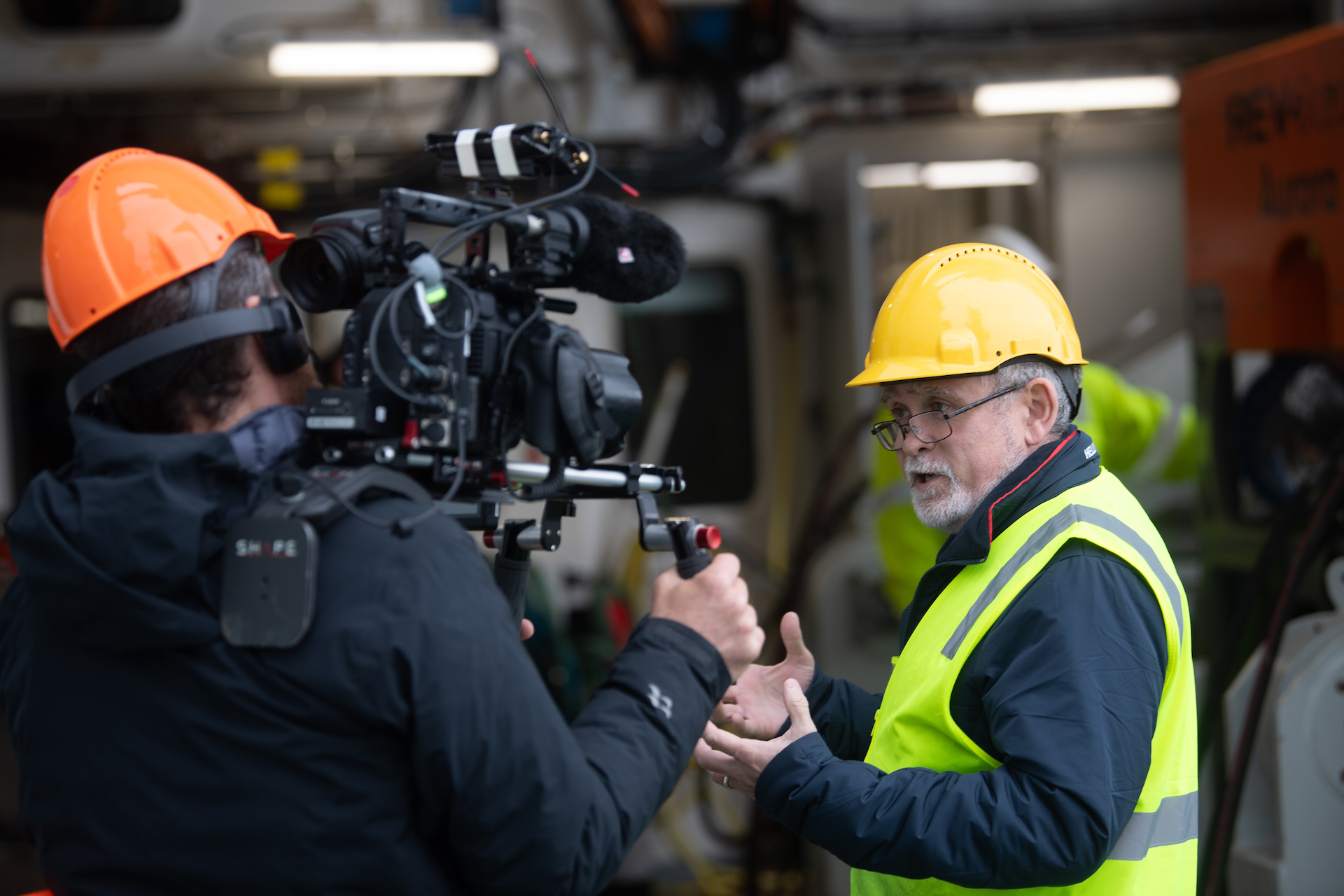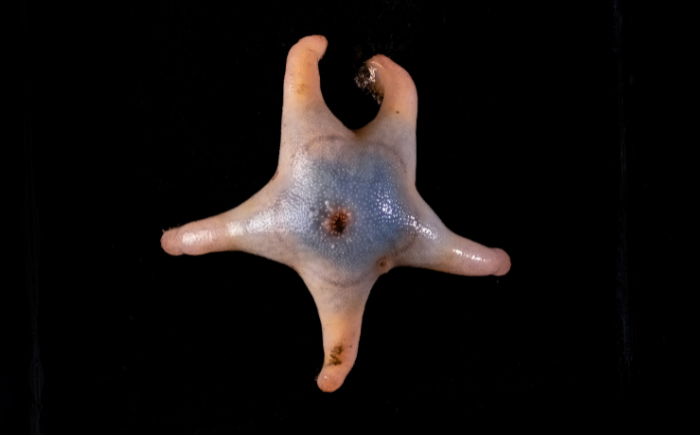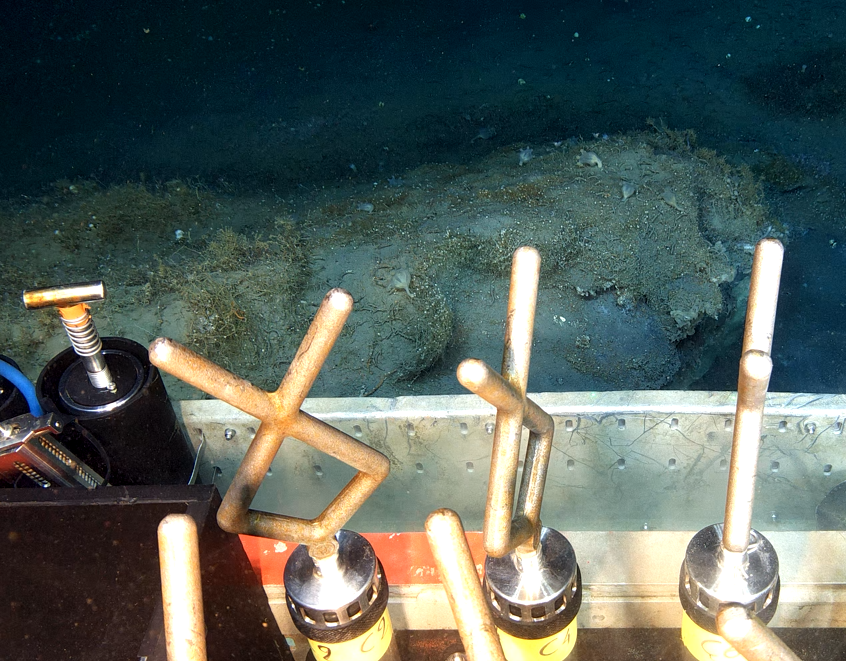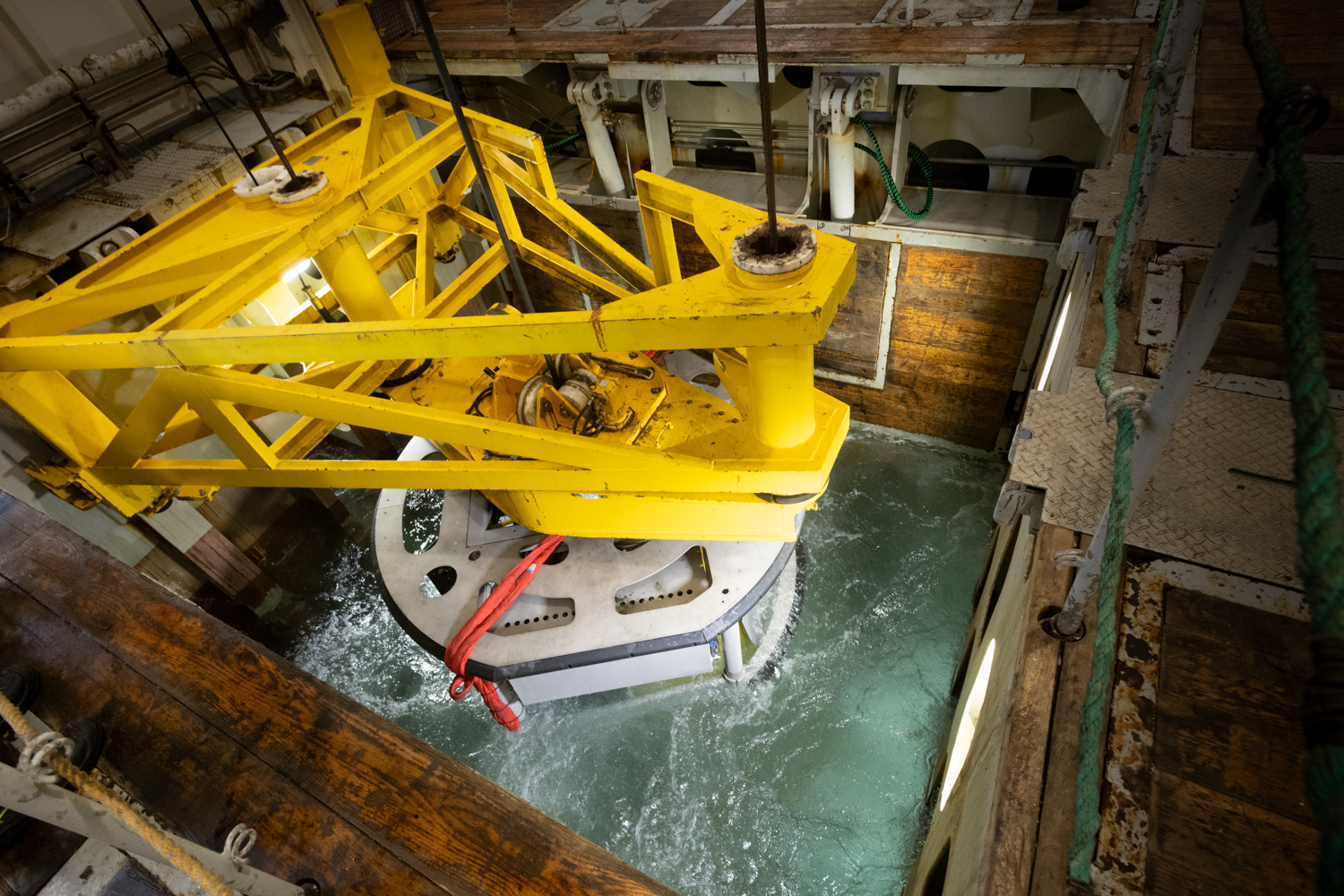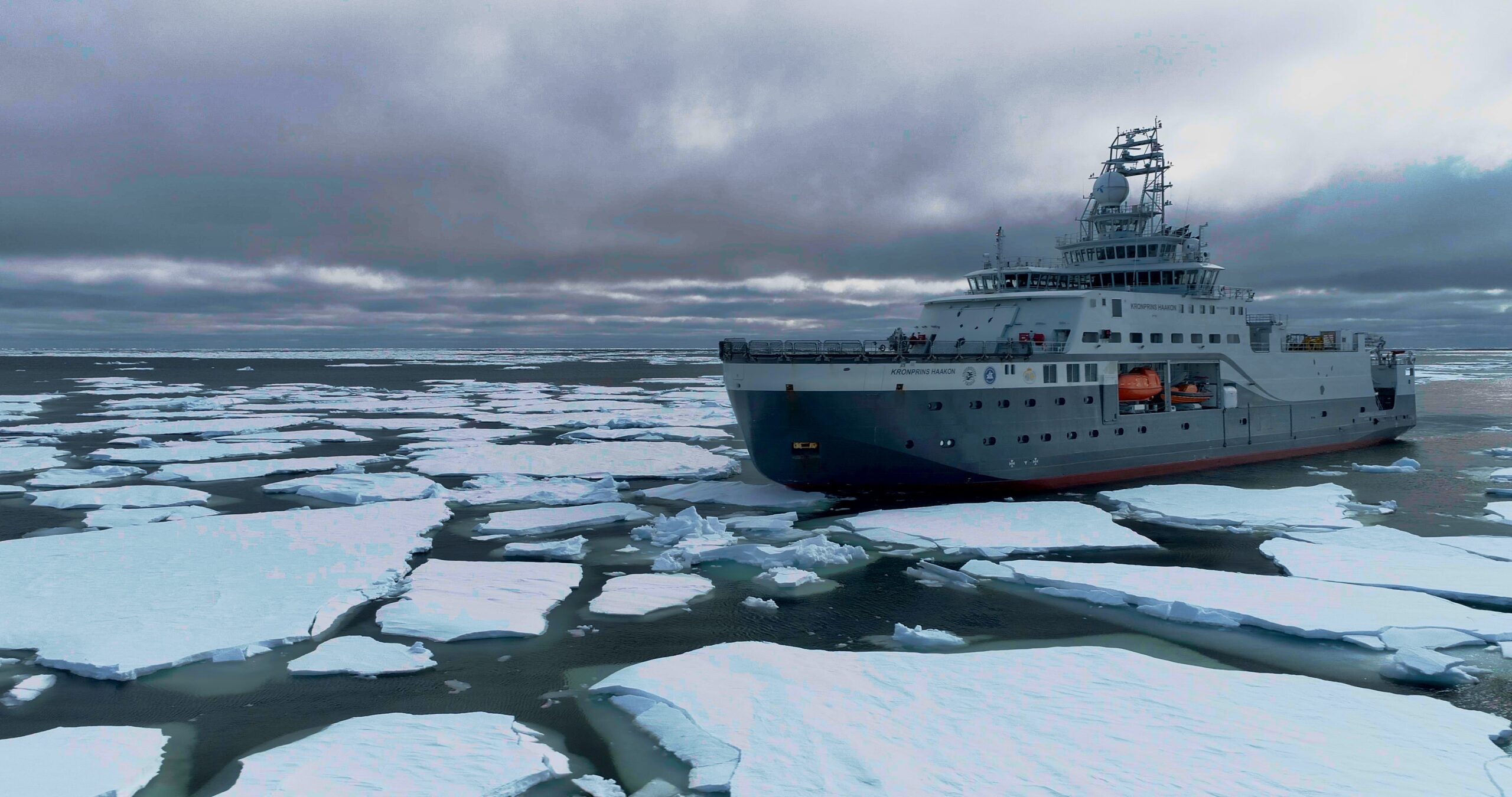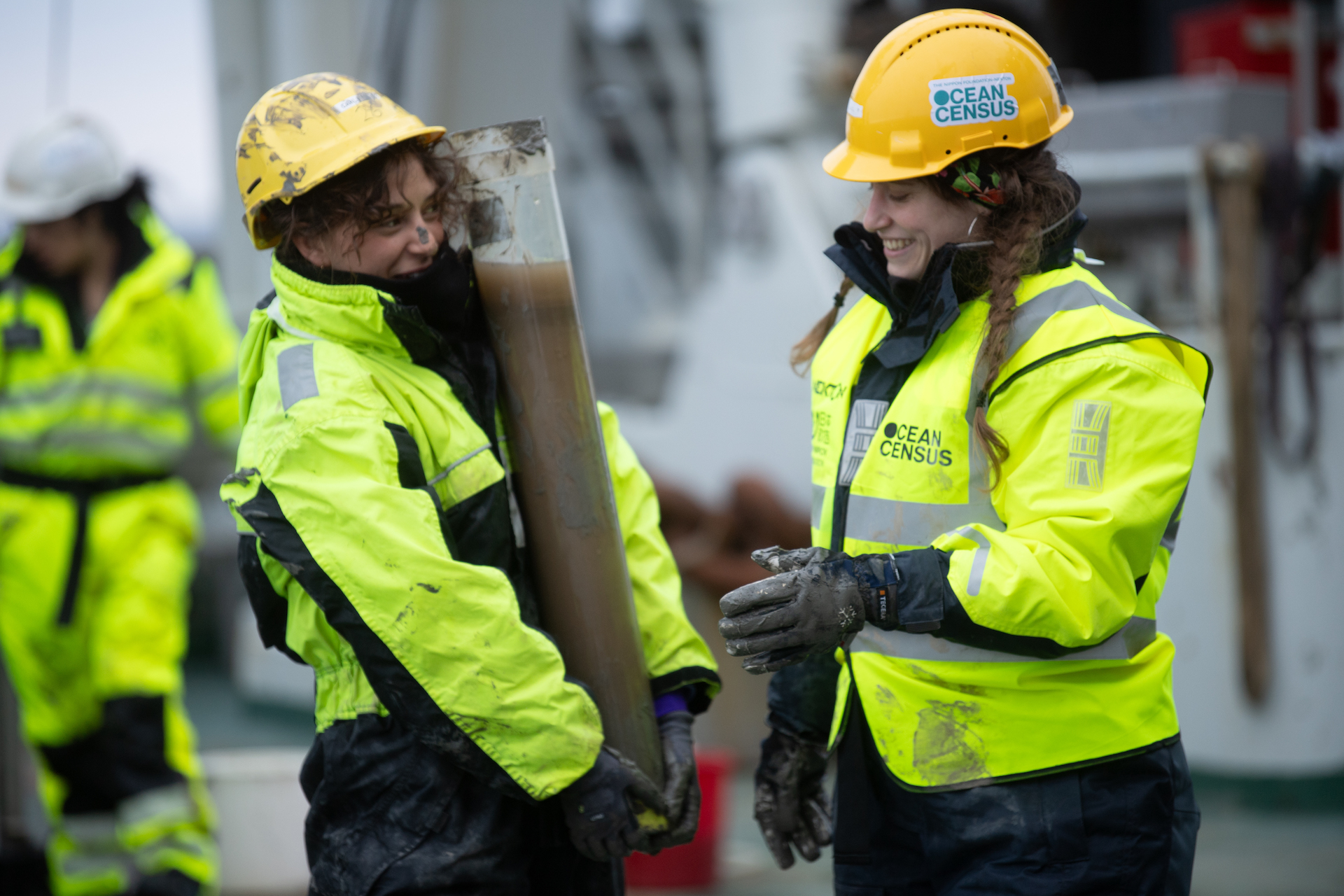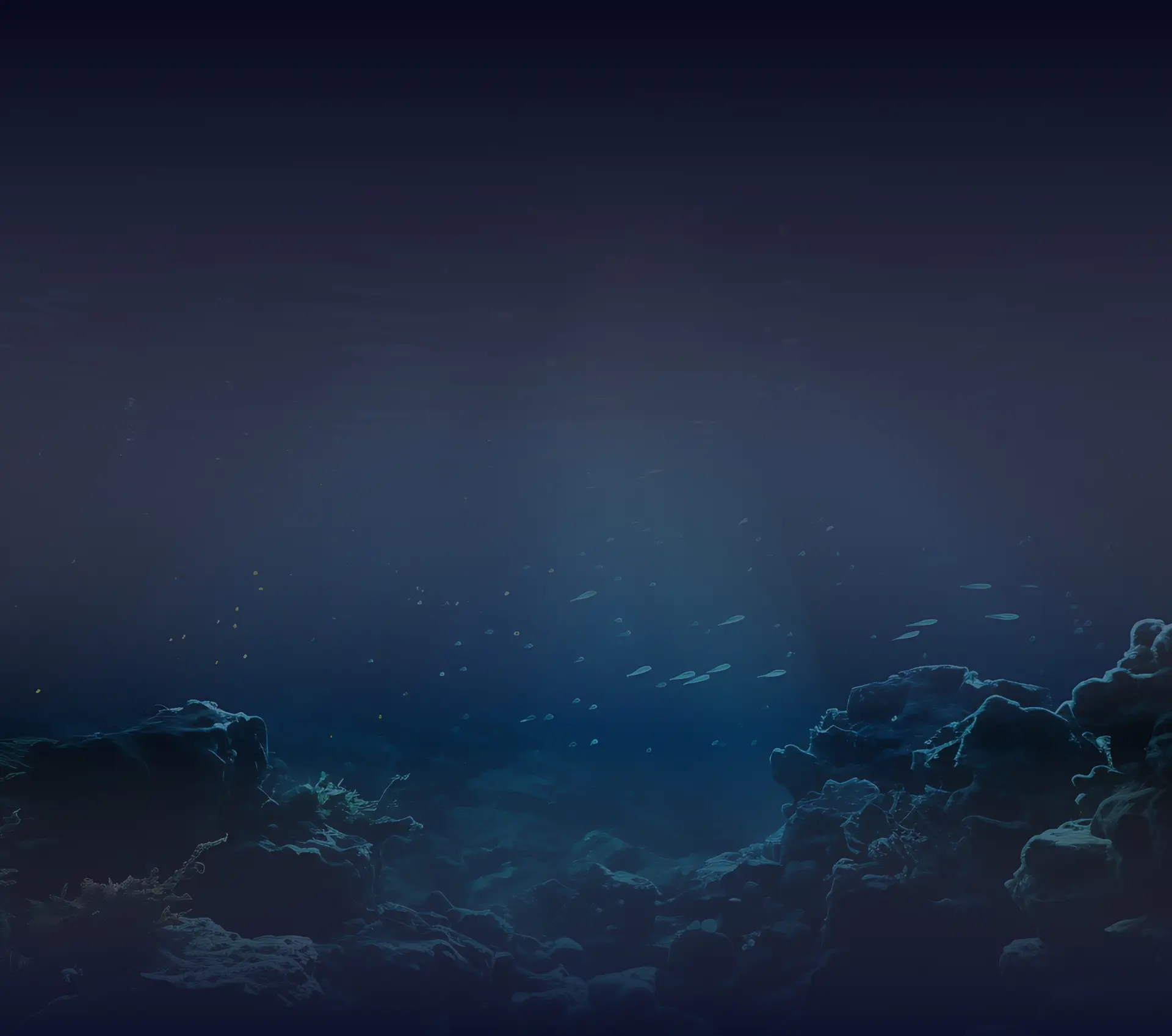

Arctic Deep
ARCTIC OCEAN: 3 MAY – 24 MAY 2024
The Ocean Census Arctic Deep Expedition was a 22-day long expedition in collaboration with UiT & REV Ocean. Led by The Nippon Foundation-Nekton Ocean Census Alliance, UiT (The Arctic University of Norway), and REV Ocean, this groundbreaking expedition brought together a multidisciplinary team of 36 scientists and media experts from 15 leading academic institutions to explore, research, and document this underexplored region.
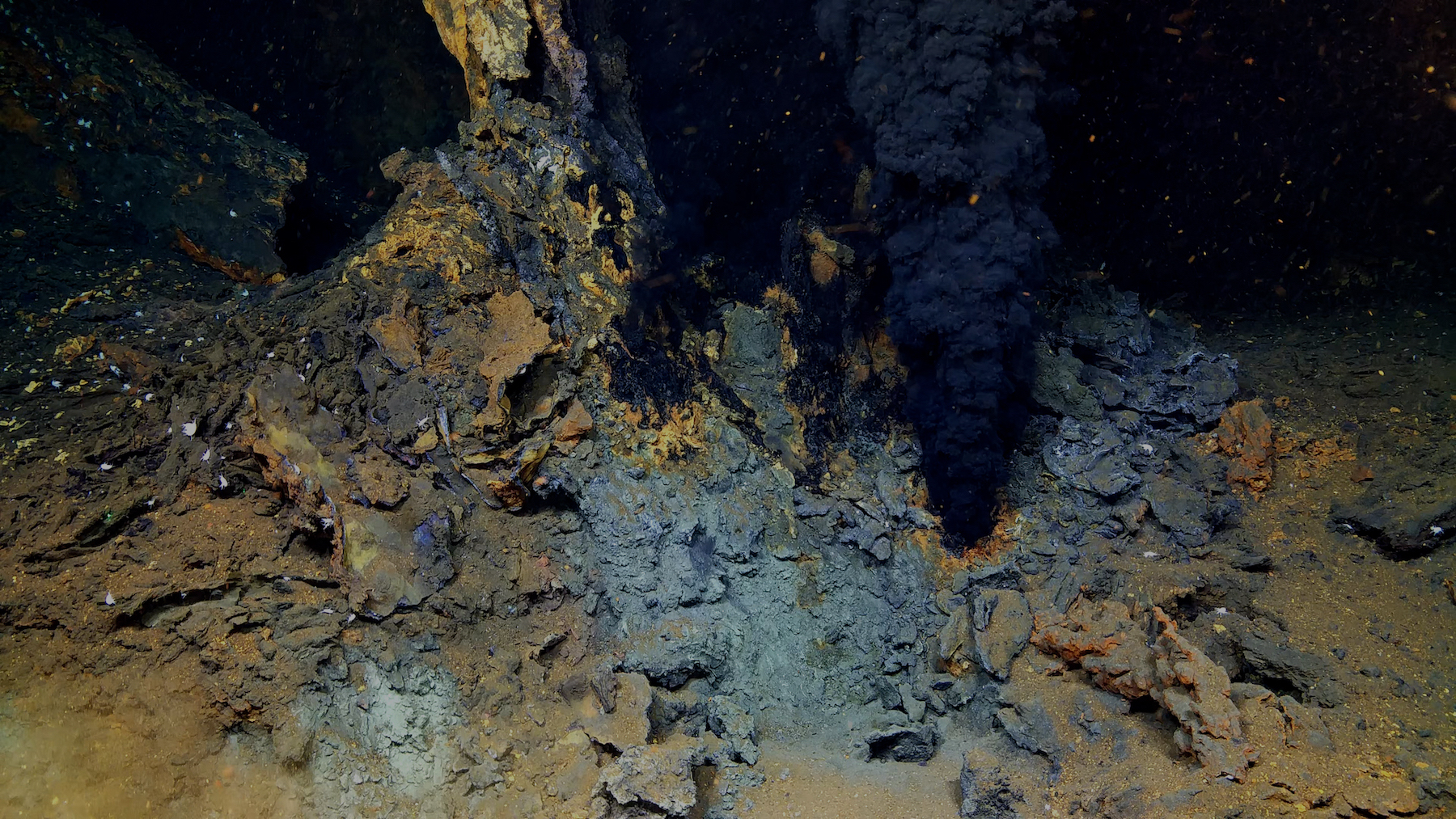
Mission Guide
The Arctic remains one of the least explored regions on Earth. This is especially true of the Arctic deep ocean, with an average depth of over 1000 meters, much of its seafloor in Arctic latitudes challenging to explore. However, within this expansive, deep, and cold environment lie biodiverse habitats teeming with myriad species and ecosystems, many of which remain undiscovered or under-studied by science.
The Ocean Census Arctic Deep Expedition was poised to redefine our understanding of species diversity in this region.
Mission facts
Dates
3 May – 24 May 2024
Duration
22 days
Location
Arctic Sea
Type
Flagship
Image credits
REV Ocean
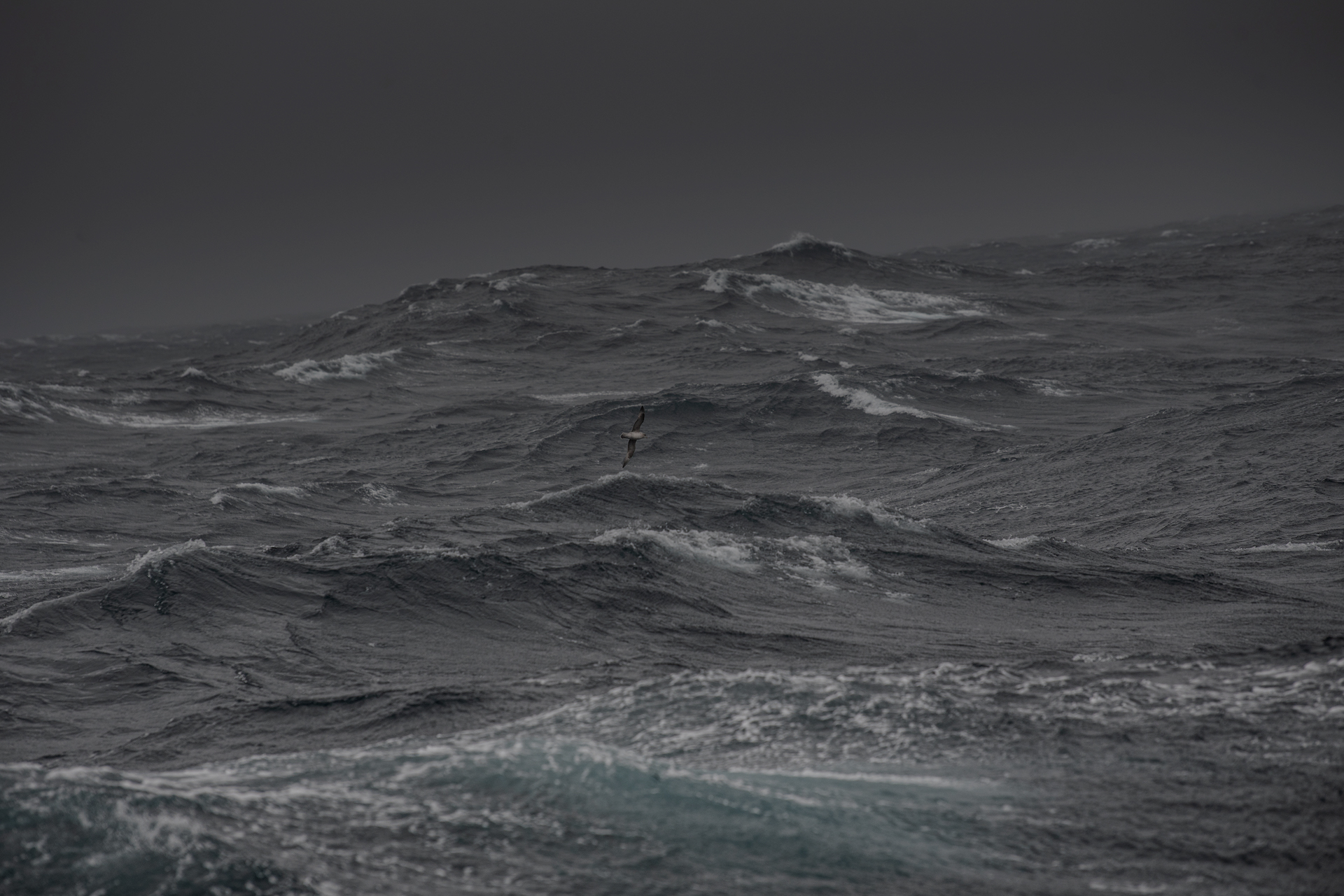
Mission brief
Departing from Tromsø, Norway, on May 3rd 2024 aboard the Institute of Marine Research’s RV Kronprins Haakon, the Ocean Census Arctic Deep Expedition marked the inaugural leg of UiT’s EXTREME24 mission. Armed with REV Ocean’s 6000-metre-rated ROV Aurora, the expedition sampled and filmed the remote and enigmatic marine environment of the Fram Strait passage between Greenland and Svalbard. The research area encompasses a diverse range of deep-sea habitats, including the Knipovich Ridge, Dumshaff Abyssal Plain, Jøtul vent field, Svyatogor Ridge, Alta Seamount, and Molløy Deep—the deepest point in the Arctic Sea at 5550 meters.
The Ocean Census mandate is to expand our knowledge of ocean biodiversity worldwide. In light of climate change, the biodiversity crisis, and other anthropogenic impacts, accelerating species discovery is imperative. Given that some of these unique Arctic habitats are targeted for deep-sea mining and extractive practices, the expedition to explore this region is crucial.
“Understanding every aspect of our ecosystem holds immense significance. Today, we possess new tools, empowering us to uncover discoveries previously beyond our reach. Innovations such as eDNA analysis, advancements in Taxonomy, and machine learning represent sophisticated means of gathering essential information,” says Jan-Gunnar Winther, Pro-rector for Research and Development at UiT The Arctic University of Norway and Specialist Director at the Norwegian Polar Institute located in Tromsø.
“With our current capabilities to amass vast amounts of data and consolidate it effectively, there lies tremendous potential. If this data is made accessible and shared widely, not just by those who collected it, it could have a profound impact on scientific understanding.”
Following the expedition, a species discovery workshop was be hosted by Ocean Census and UiT in October 2024 at their university labs in Tromsø. This workshop aimed to expedite species discovery and taxonomic work using the specimens collected. The resulting curated collection will be housed at the Arctic University Museum of Tromsø, serving as a valuable resource for future research endeavors and contributing to the global understanding of marine biodiversity in the region.
Mission to Discover:
Sessile Megafauna; Sessile megafauna are large, immobile organisms found in aquatic environments, such as sponges, corals, and barnacles. Despite their size, they remain attached to surfaces, relying on filter feeding for nutrition. This can include Sponges, Corals (octocorals, black corals, stylasterids), Actiniaria, Hydroids, amongst many other taxa.
Associated Species; Sponges and corals establish complex benthic ecosystems, fostering a rich diversity of associated taxa. These include Ophiuroidea, or brittle stars, exhibiting intricate movements. Crustaceans like squat lobsters and shrimps actively navigate the substrate, whereas molluscs such as gastropods and bivalves affix themselves to various substrates.
Mobile Megafauna; Mobile marine megafauna encompass a diverse range of large creatures with the ability to traverse vast distances in oceanic environments. This category includes marine taxa like Echinoidea (urchins). Holothuroidea (sea cucumbers). Asteroidea (sea stars). Their mobility is essential for foraging, mating, and navigating ocean expanses.
Macrofauna and Meiofauna; Macrofauna are larger marine organisms, typically visible to the naked eye. Meiofauna, on the other hand, are microscopic or very small organisms like nematodes, copepods, and lesser known groups like loricifera, inhabiting the spaces between sediment particles. Both play crucial roles in marine ecosystems’ functioning and nutrient cycling.
Mission Partners
Click on key features
4K Camera
7 HD cameras also
7 Thrusters
Scaling Lasers
Titan 4 manipulator arm
Camera Boom
with HD camera
Science Equipment
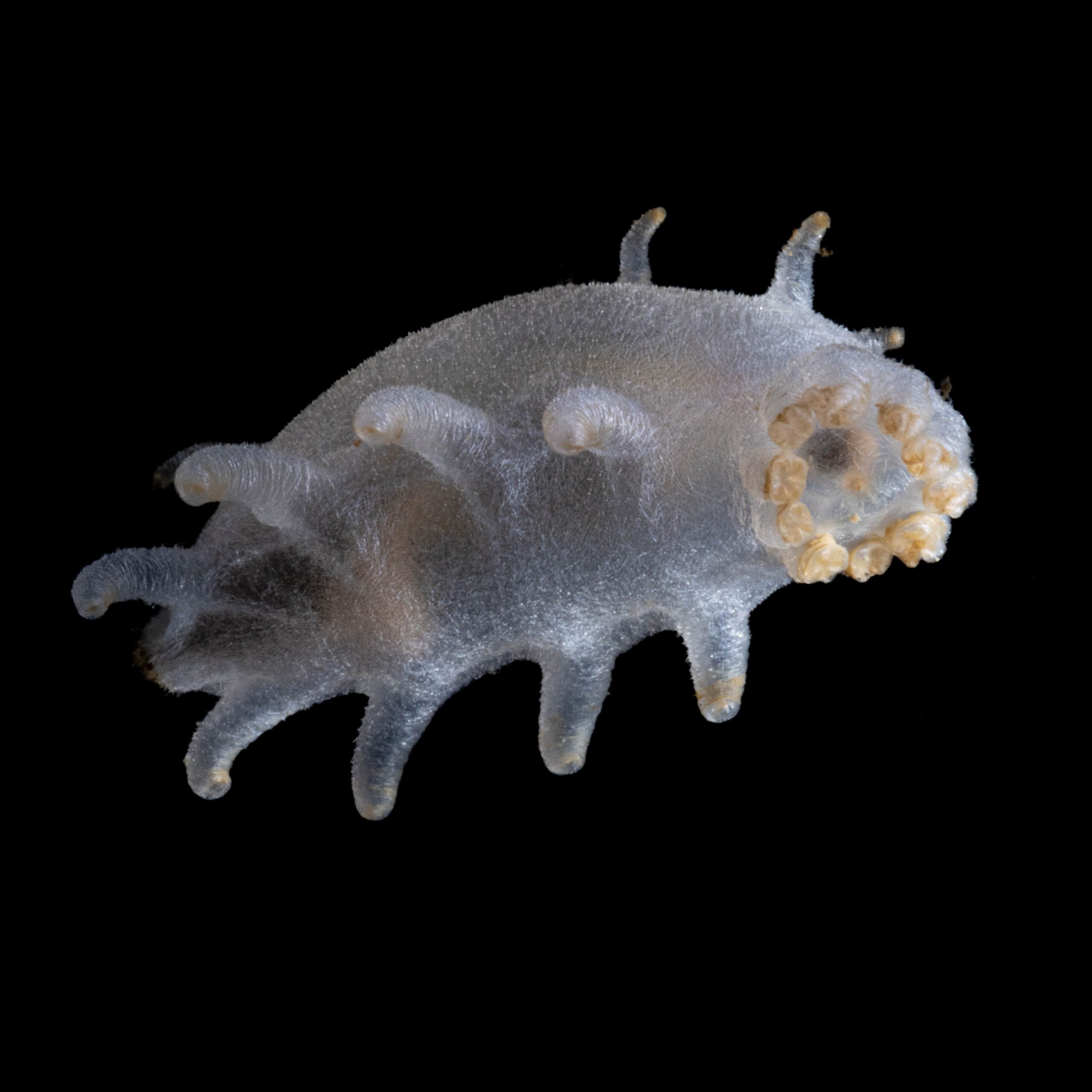


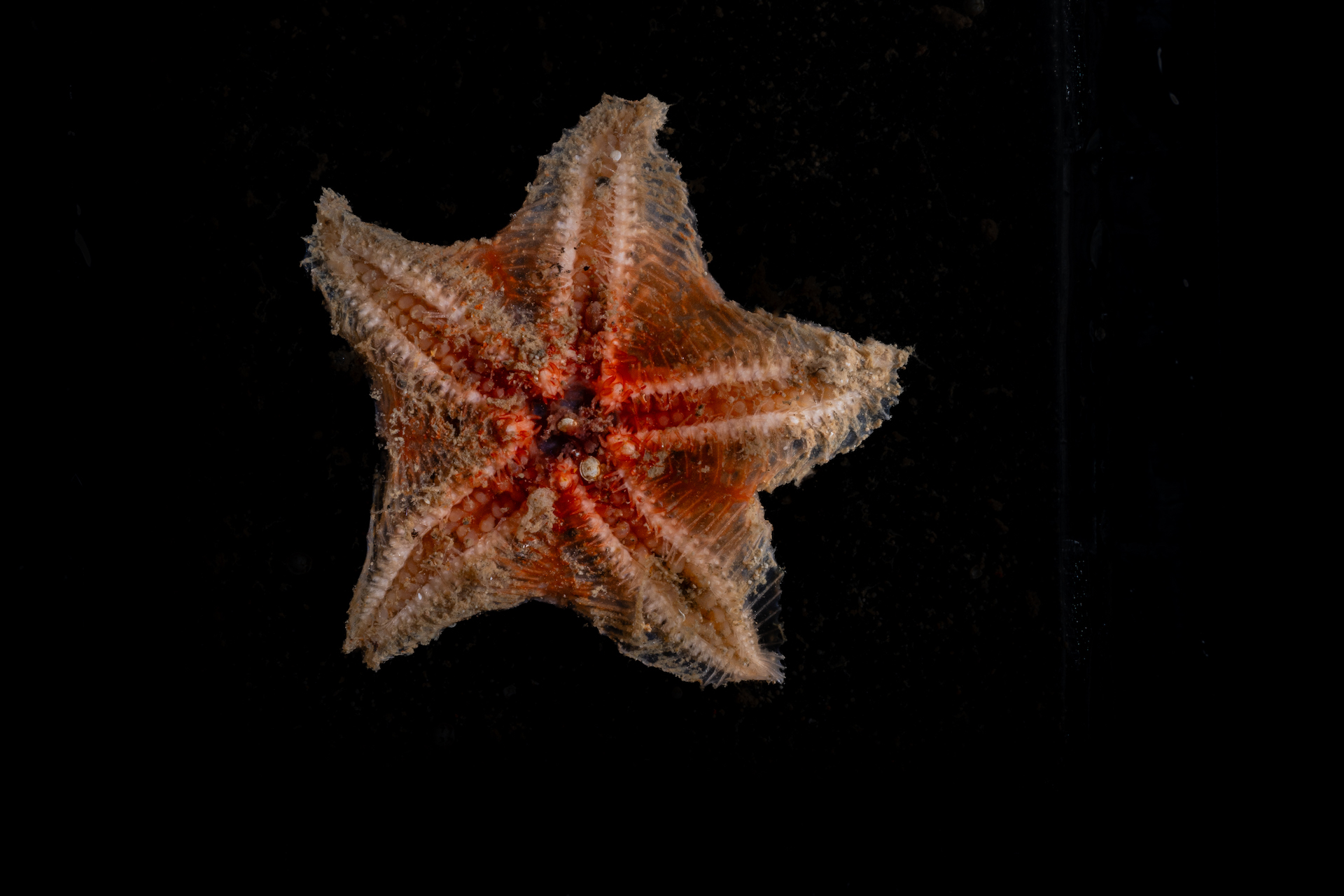
“Arctic warming is occurring up to four times faster than the global average, leading to swift changes in ecosystems. It’s crucial to map and study these ecosystems now to establish a baseline for monitoring future changes and understanding their implications for marine life in the Arctic oceans.”
Vidar Helgesen, Executive Secretary of the Intergovernmental Oceanographic Commission of UNESCO and Assistant Director-General of UNESCO
Mission Objectives
Combining multi-disciplinary research, species discovery, knowledge exchange and public engagement.
Science: Sample soft sediments for macrofauna and meiofauna from the Dumshaff Abyssal plain, Svyatogor Ridge, Molloy Hole and in the Knipovich Ridge system.
Discovery: Locate hydrothermal vent ecosystems along the Knipovich Ridge, and sample seep habitats for example on the Svyatogor Ridge and Molloy Hole.
High Resolution Imagery: Obtain high resolution images of all sampled habitats, biological communities, and individual species.
Curate: Create an accessible collection of specimens at the University of Tromsø Museum that will lead to subsequent descriptions of new species.
Data: Ensure all data associated with sample collection is recorded and maintained for safe transfer off ship for use by all participating institutions on the expedition.
Media and Education: Engage in media outreach and educational activities to help raise awareness and understanding of marine life.
Knowledge Exchange: Create opportunities for participants from the Ocean Census Science Network to gain at-sea field skills and taxonomic techniques and encourage knowledge exchange to support future collaboration.
News
Incredible Arctic Deep Sea Animals
The enigmatic depths of the Arctic deep sea, are a realm where extraordinary animals have evolved to survive one of the planet’s harshest environments.
From the red hues of deep-sea anemones to the scavenging behaviours of armoured isopods, each organism plays a critical role in maintaining the delicate balance of life in the Arctic’s deep ocean.
The incredible species featured in these photos are from The Nippon Foundation-Nekton Ocean Census Arctic Deep Expedition in May 2024. The Ocean Census, in collaboration with UiT, hosted a species discovery workshop in October 2024 – where scientists will be unveiling further details of our Arctic Deep samples.

Join the census
An Alliance of scientists, governments, marine research institutes, museums, philanthropy, technology, media and civil society partners.
